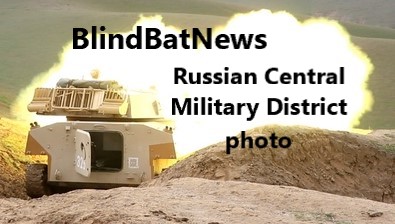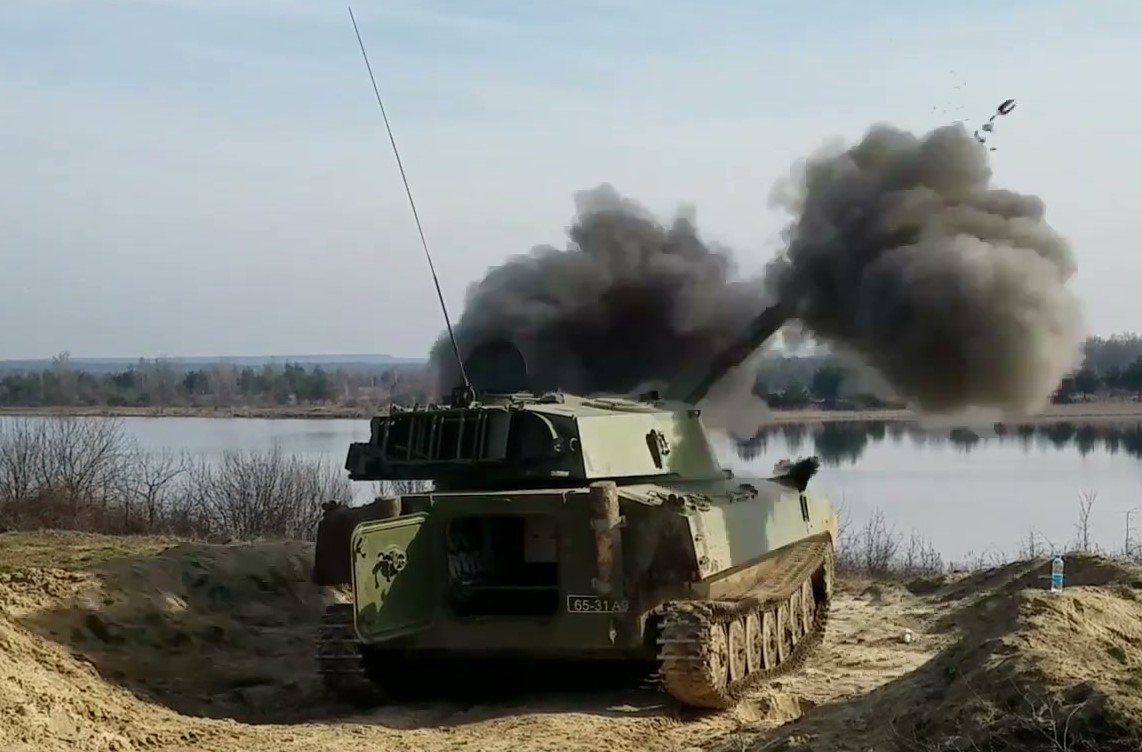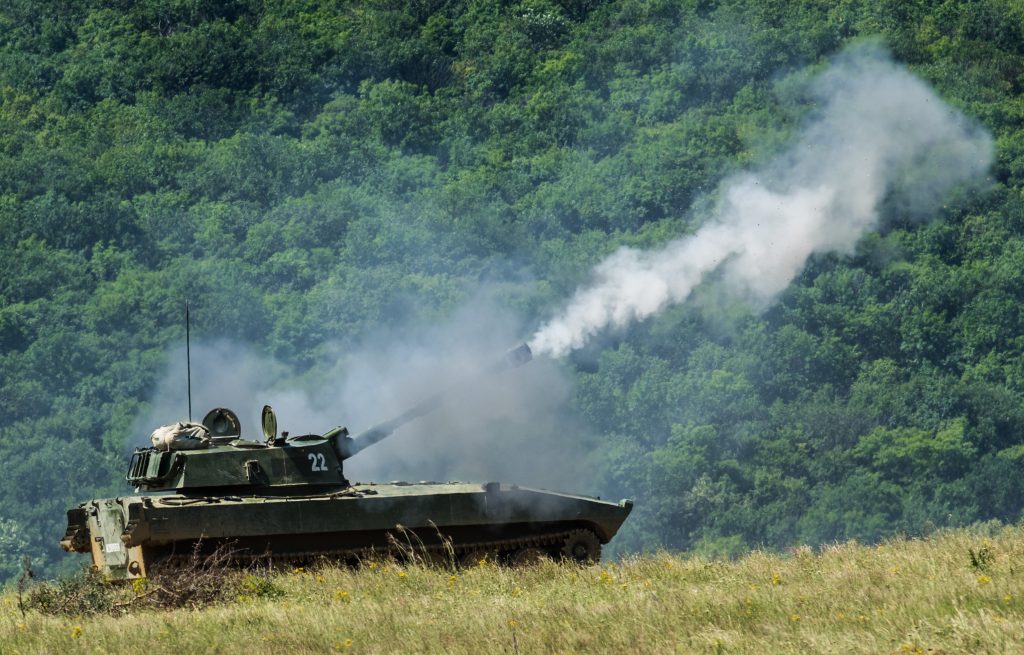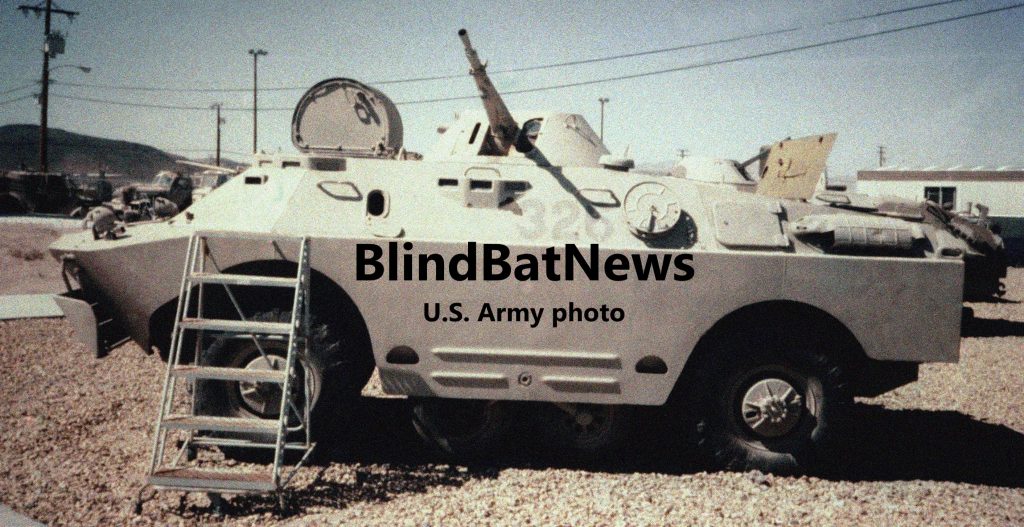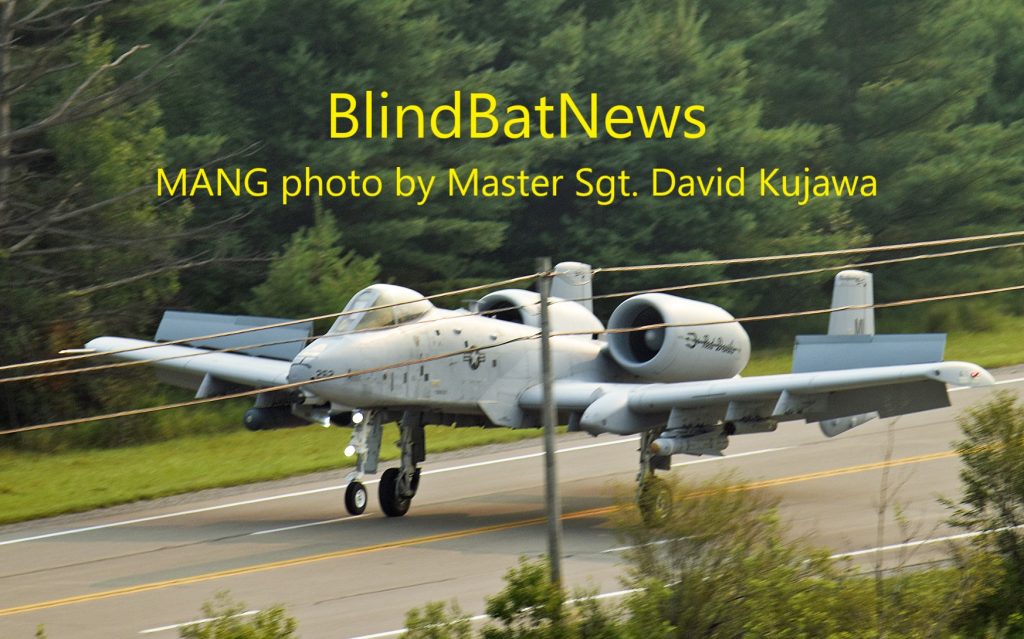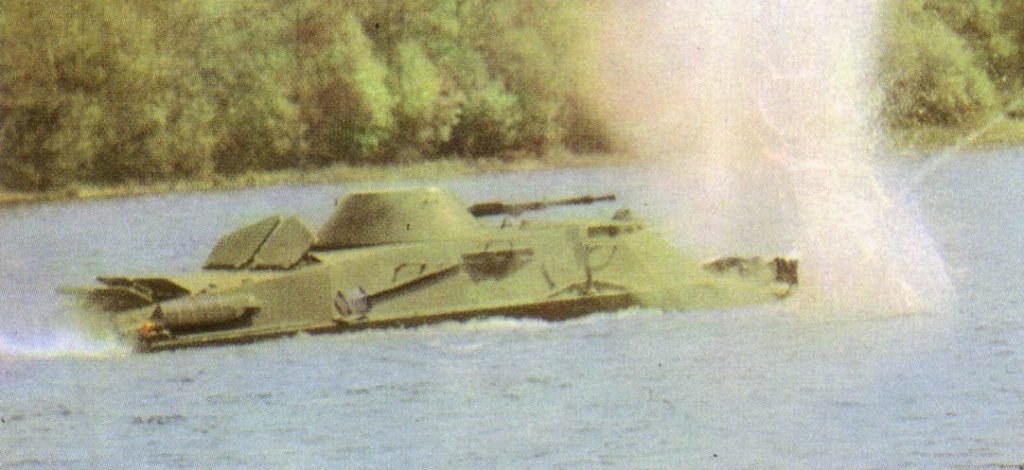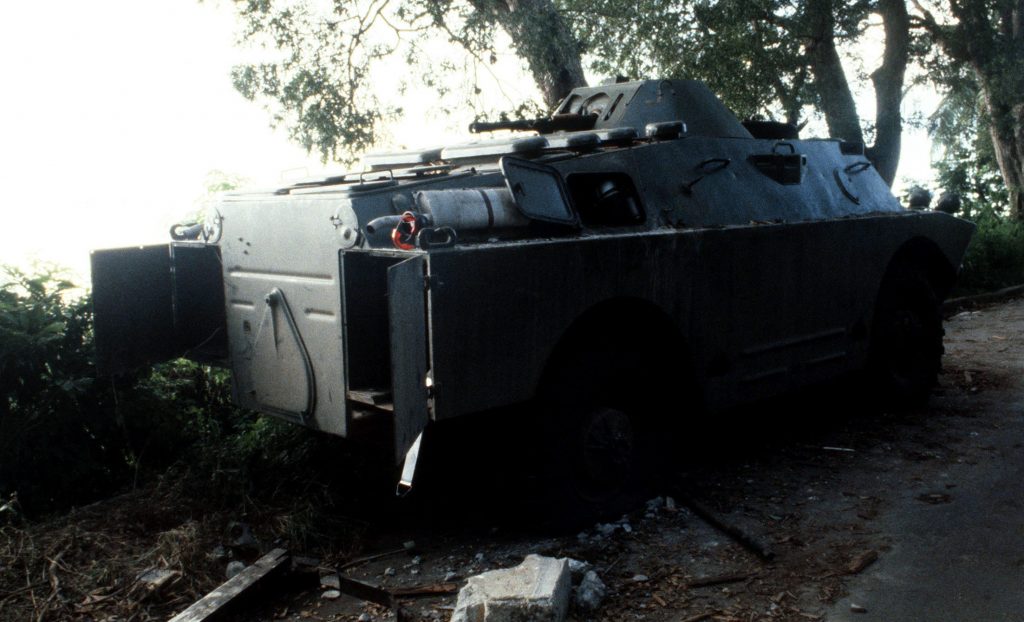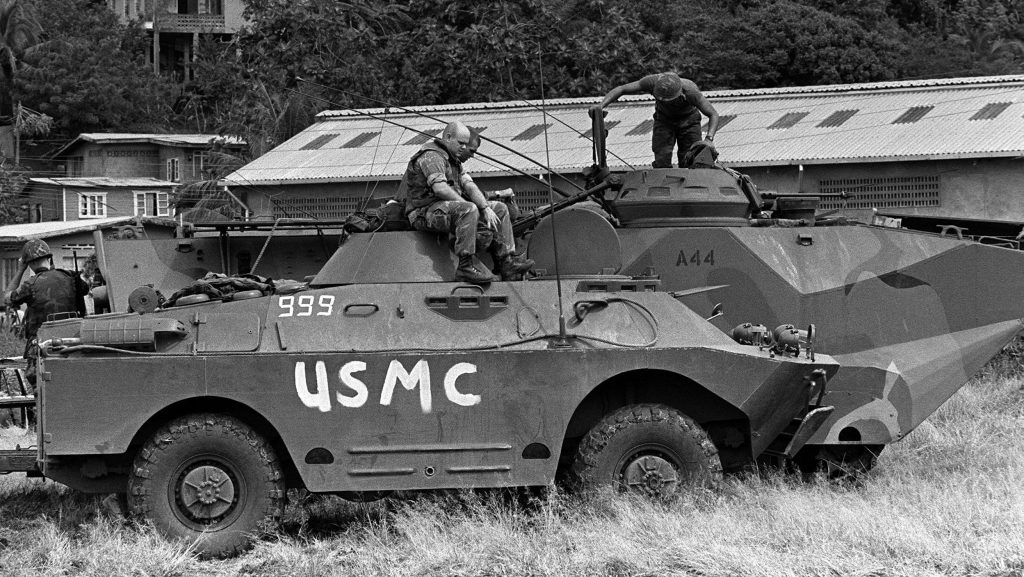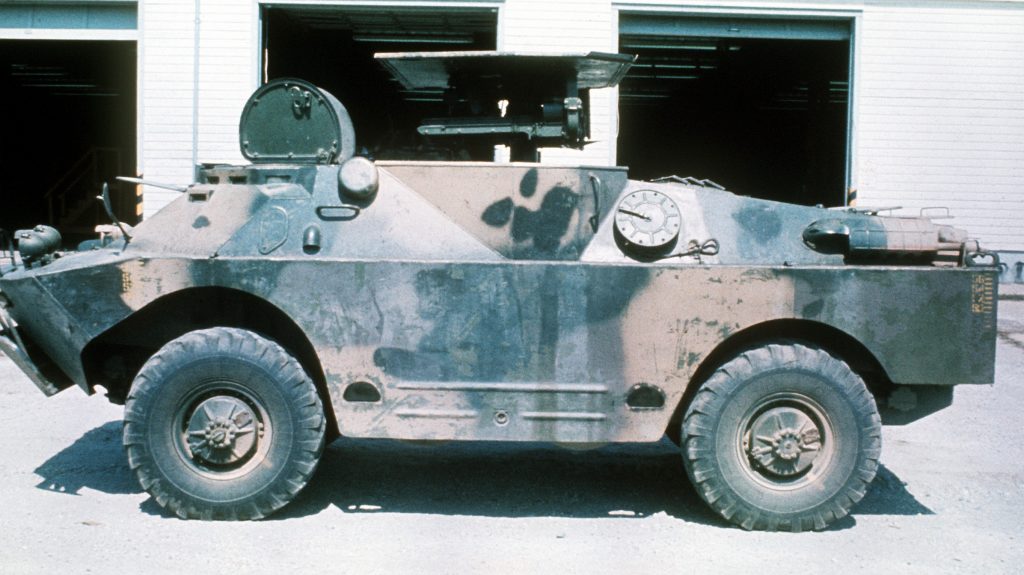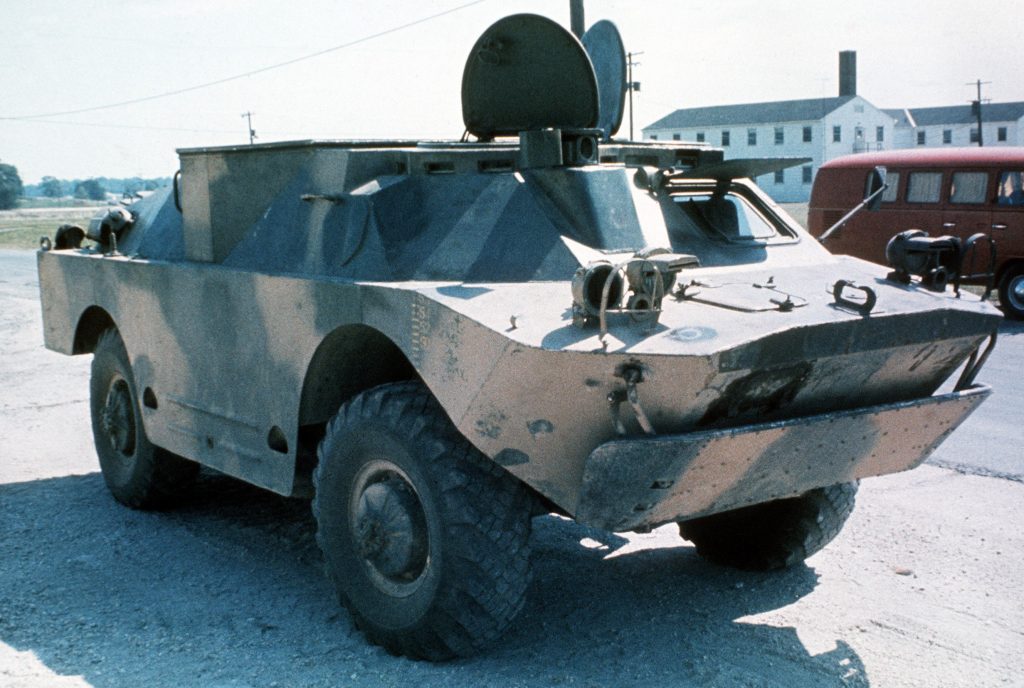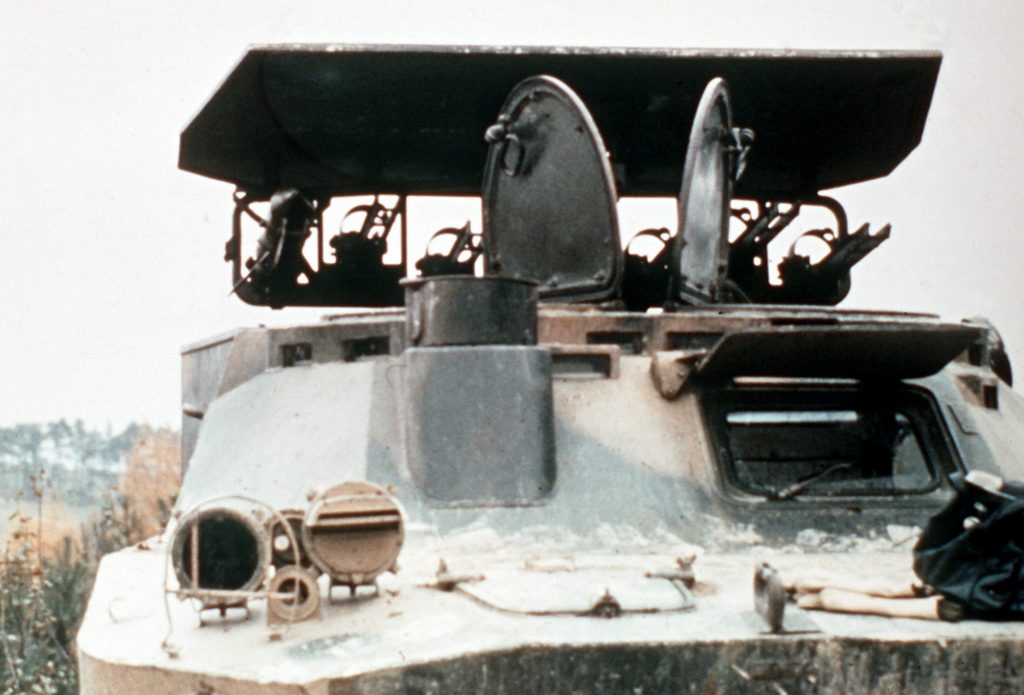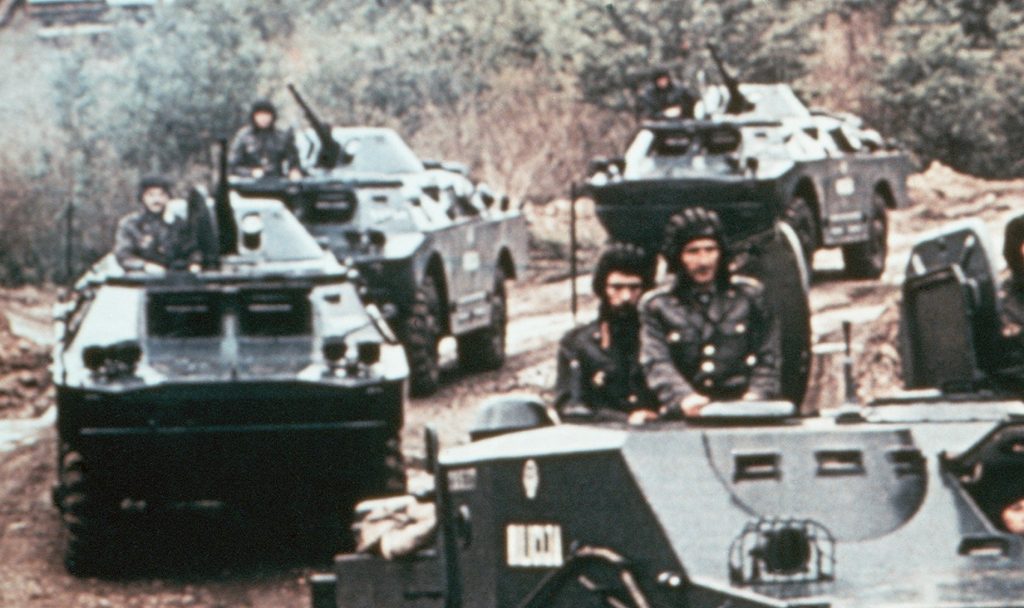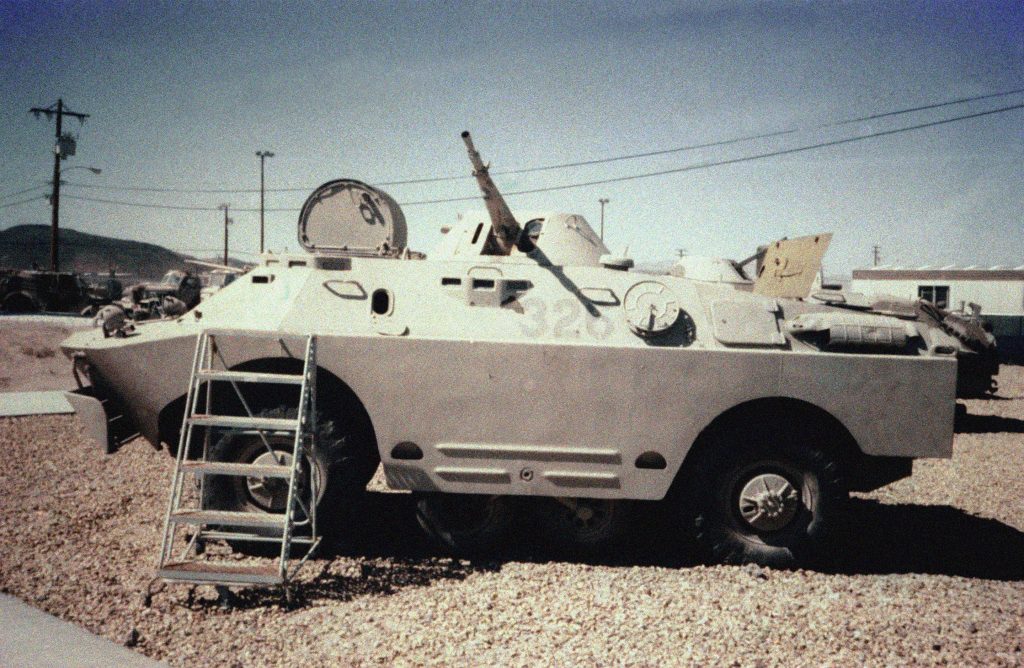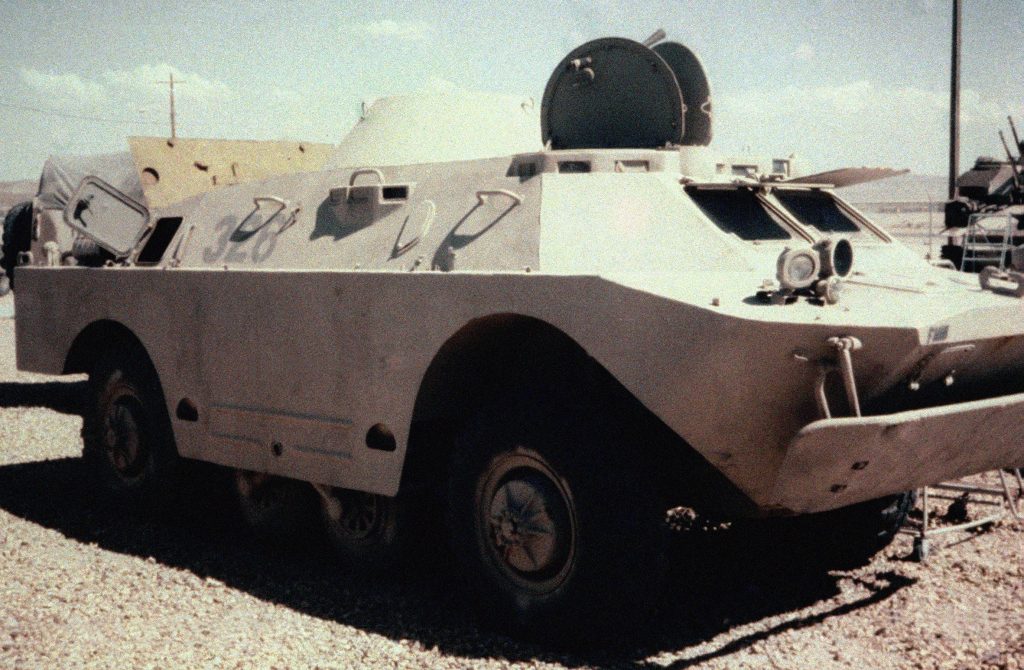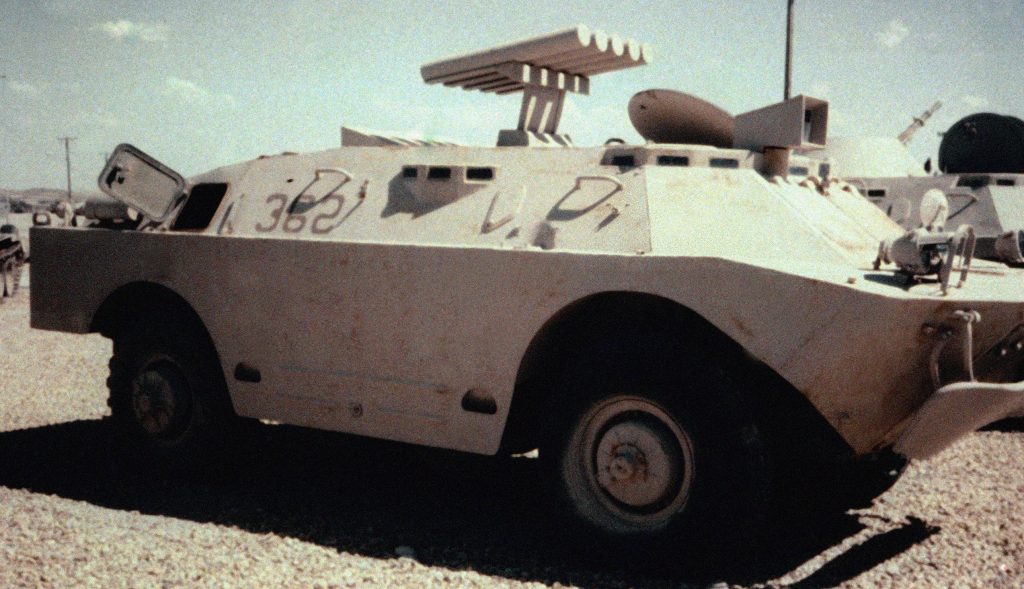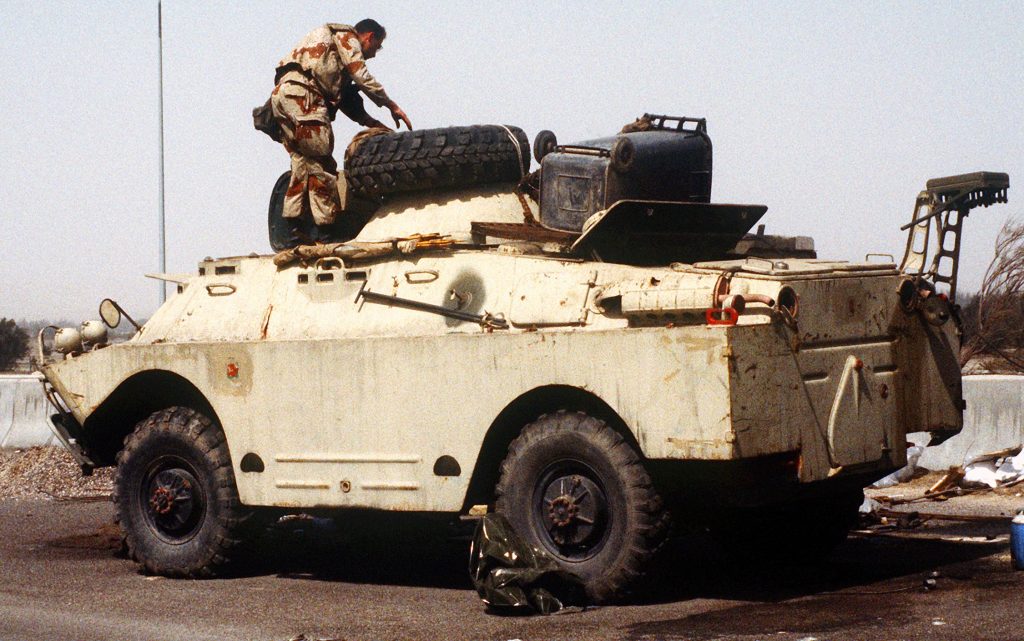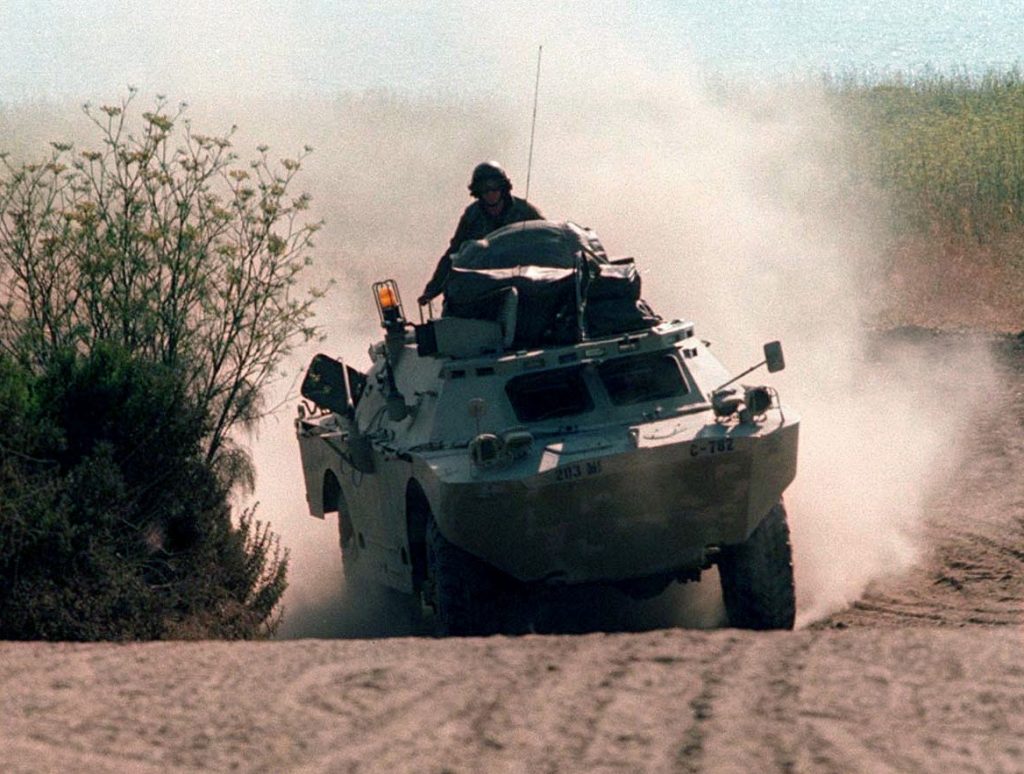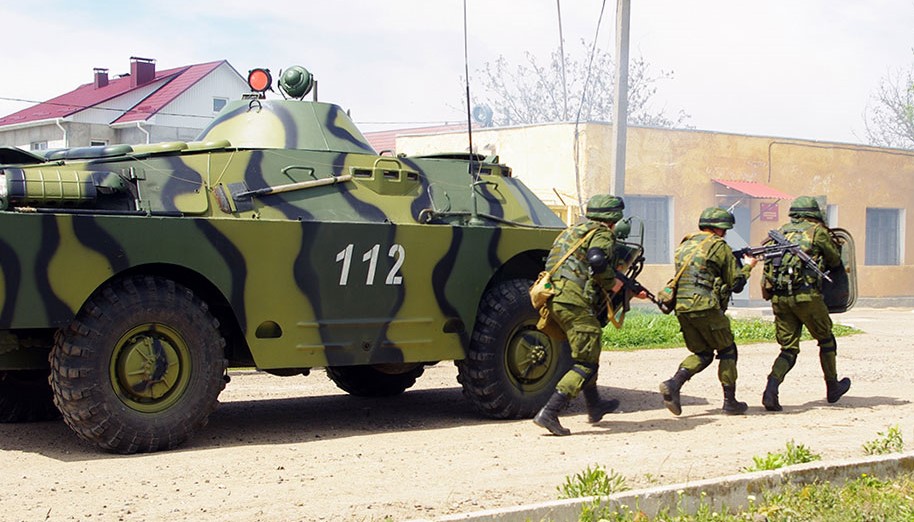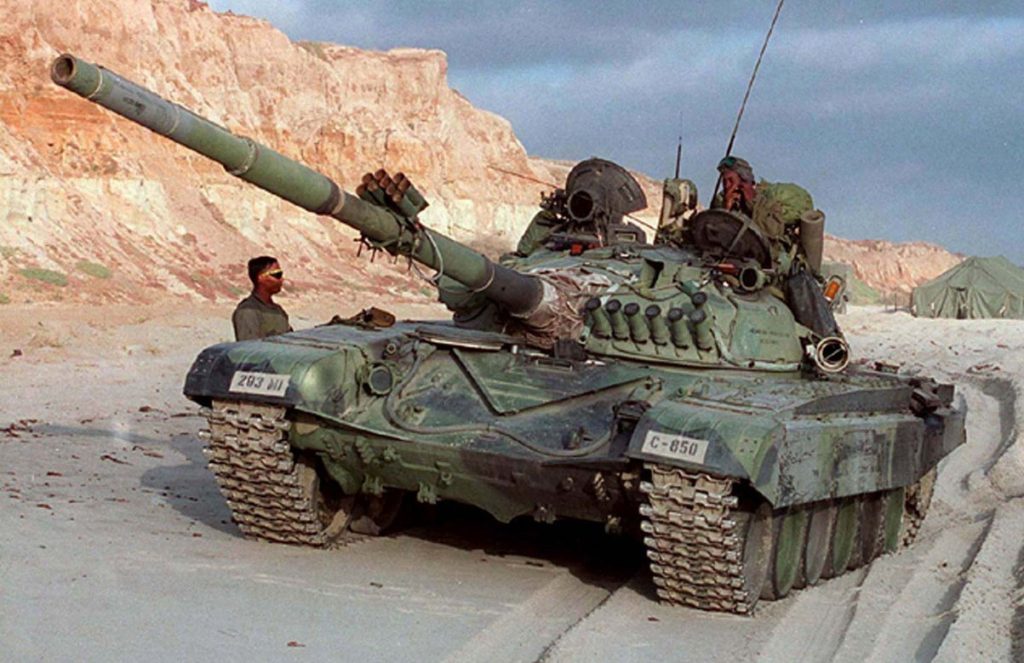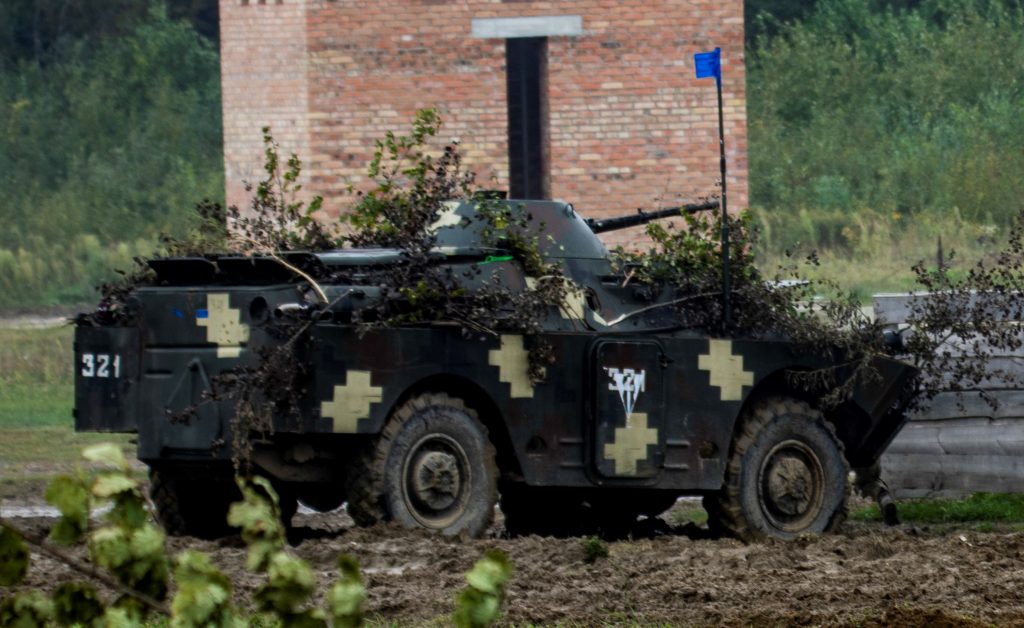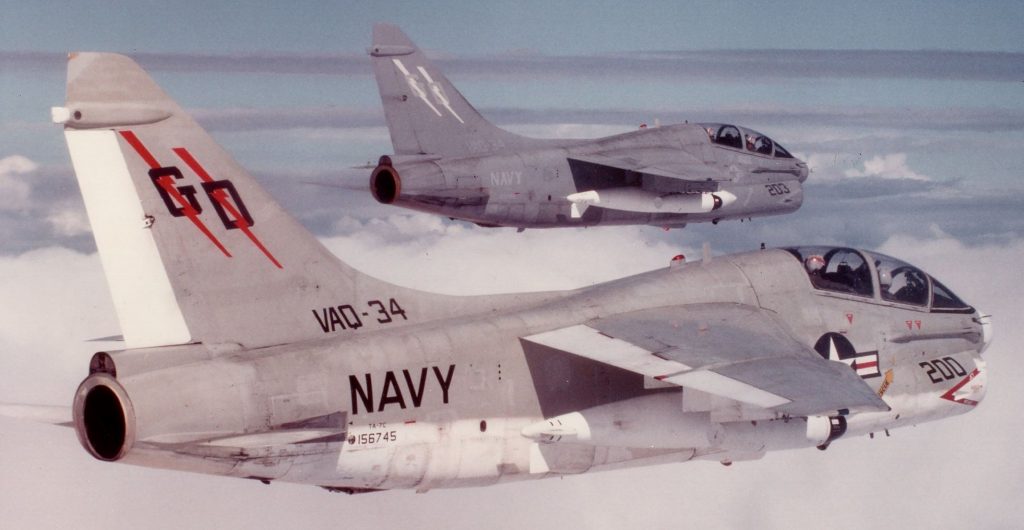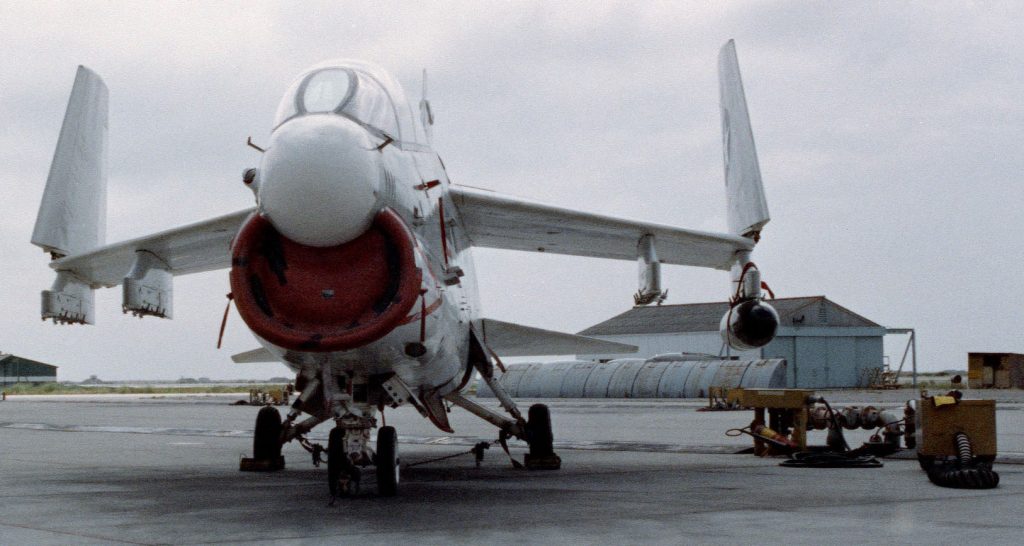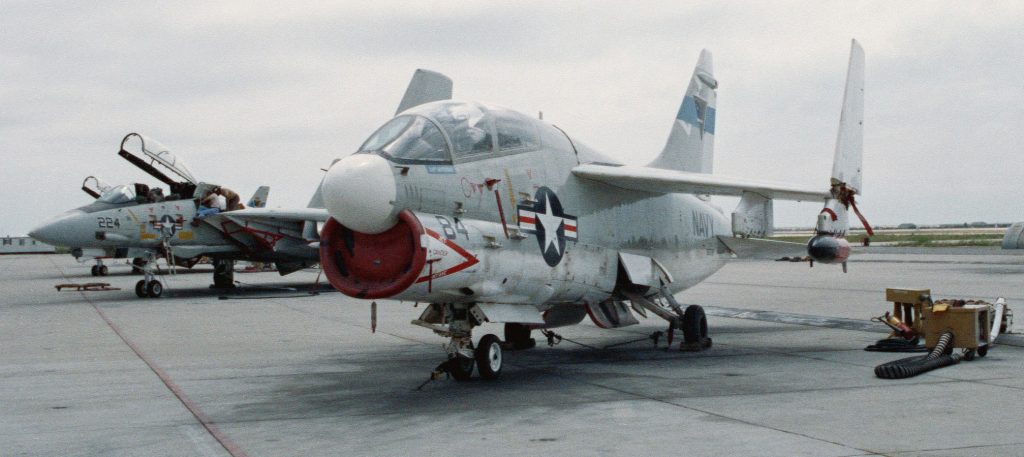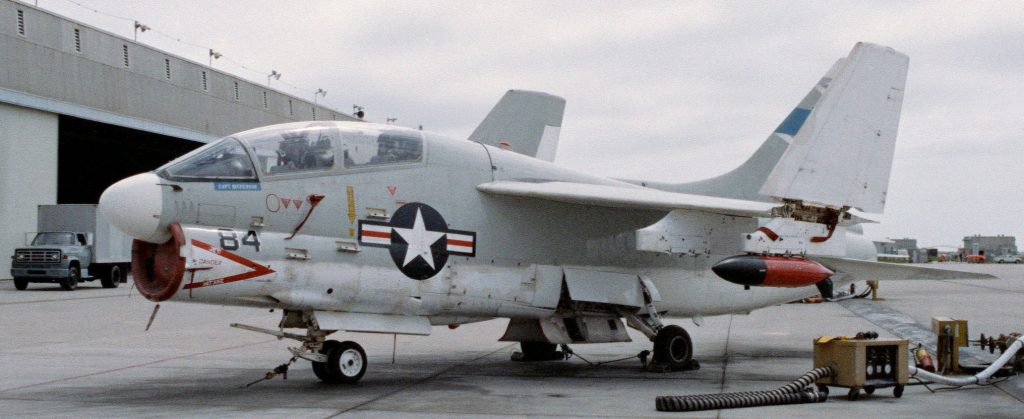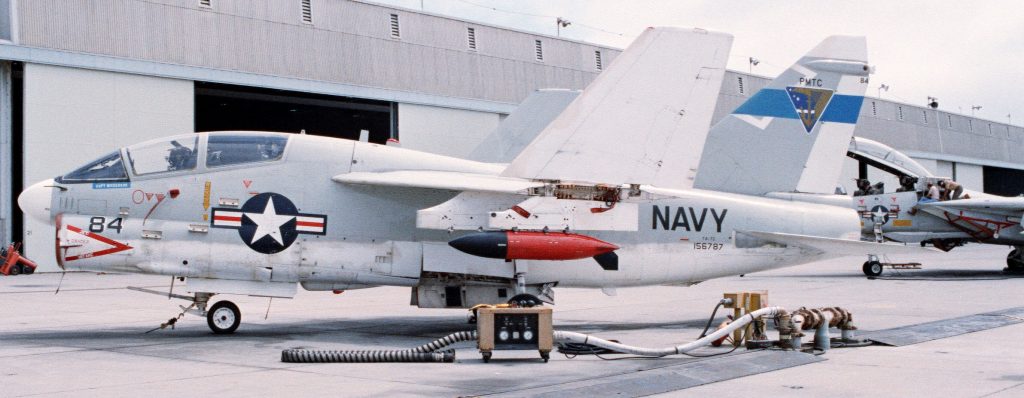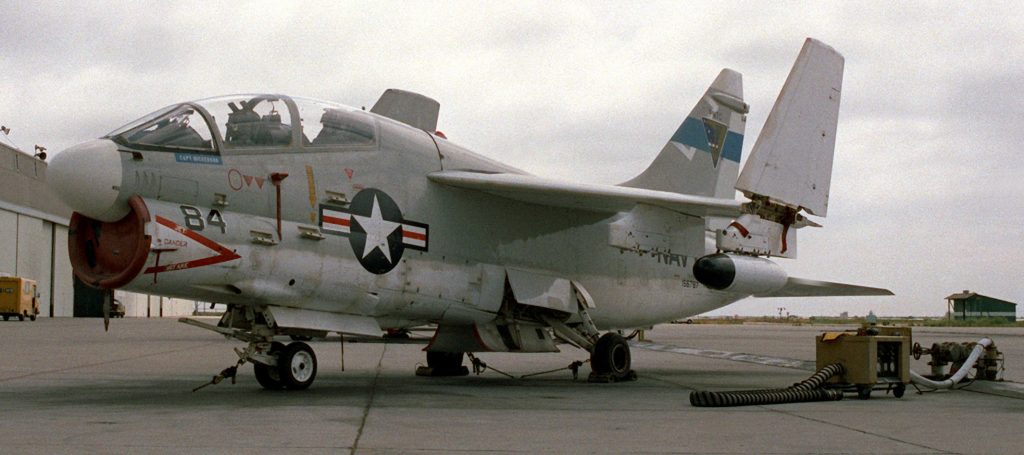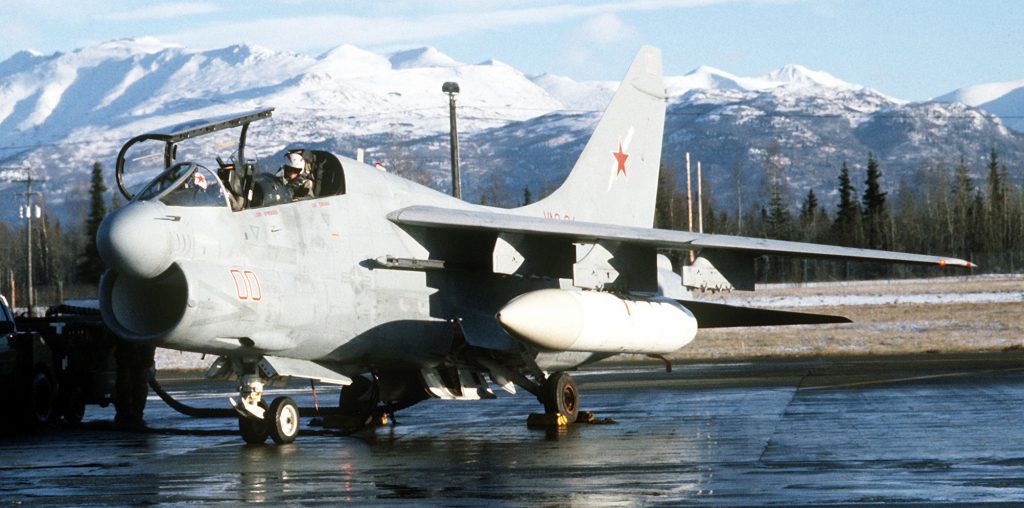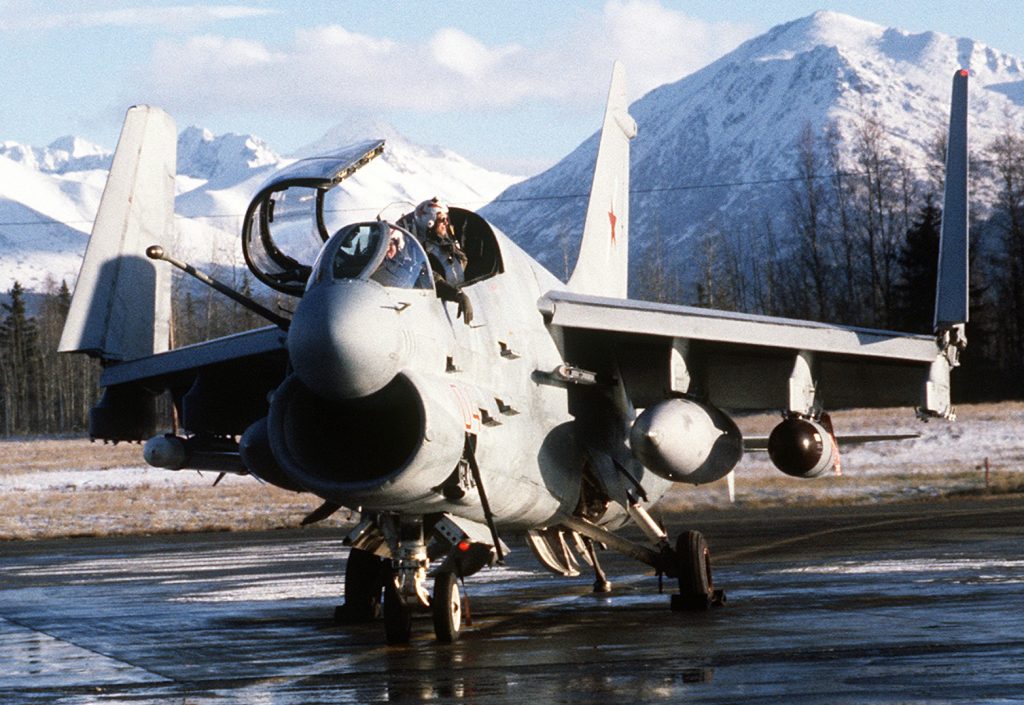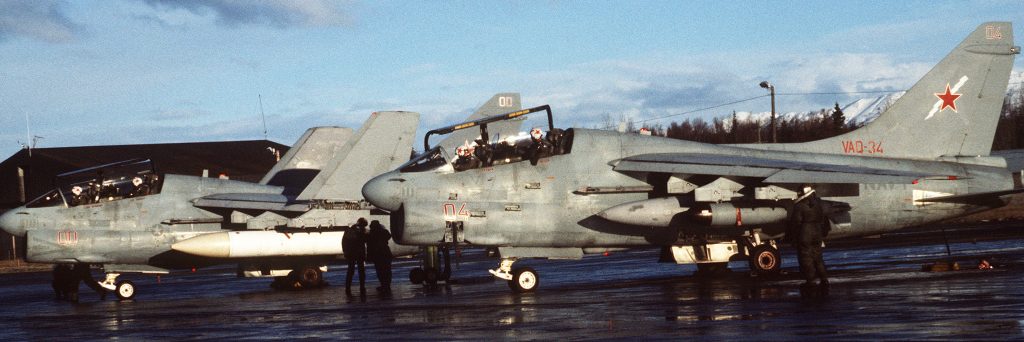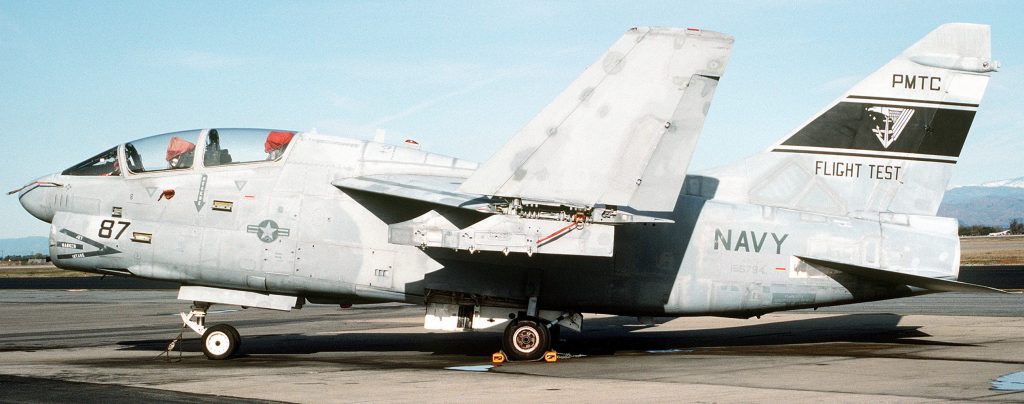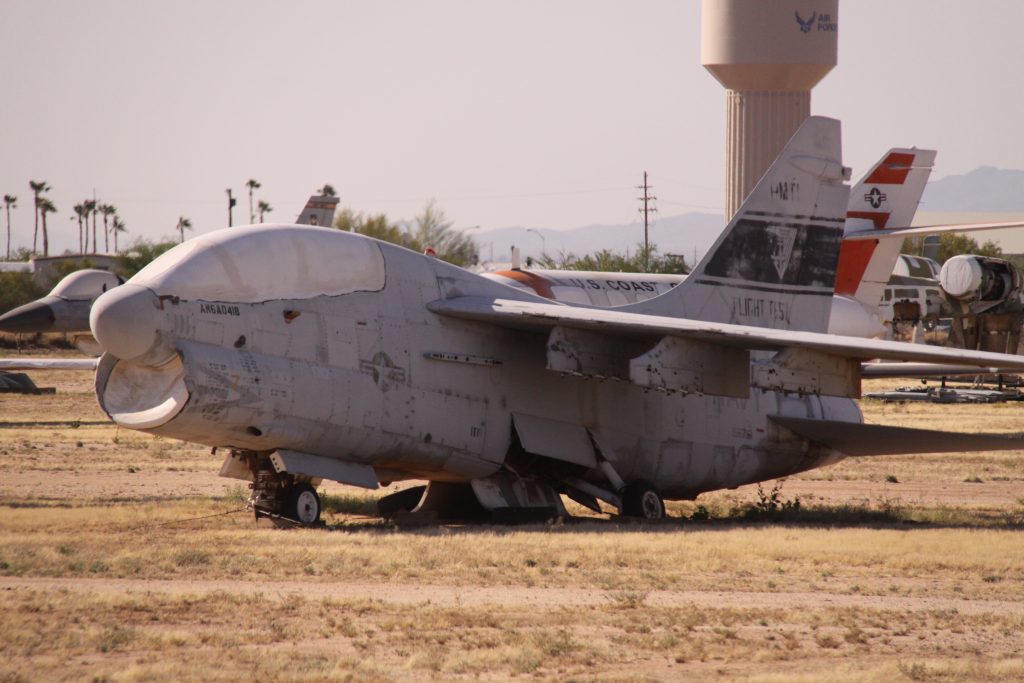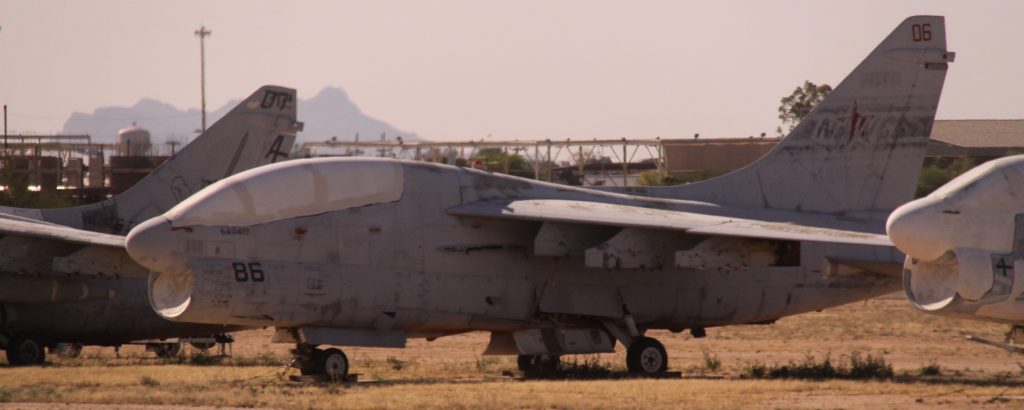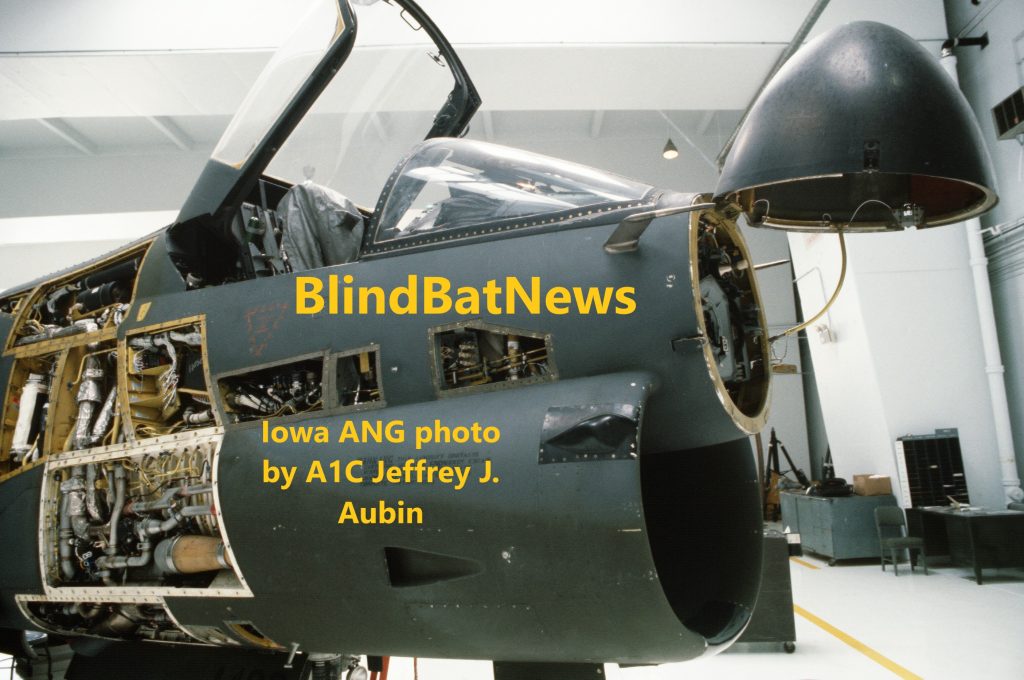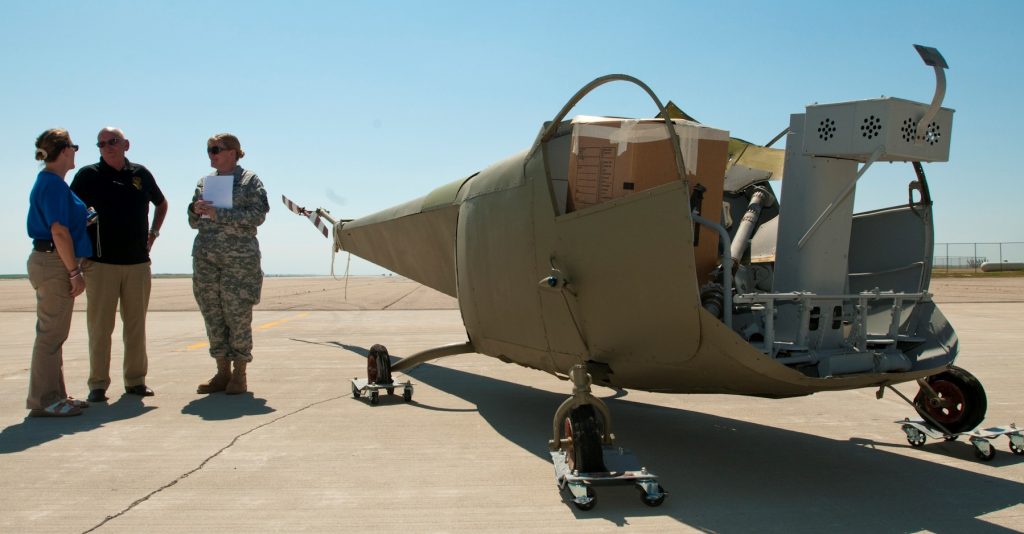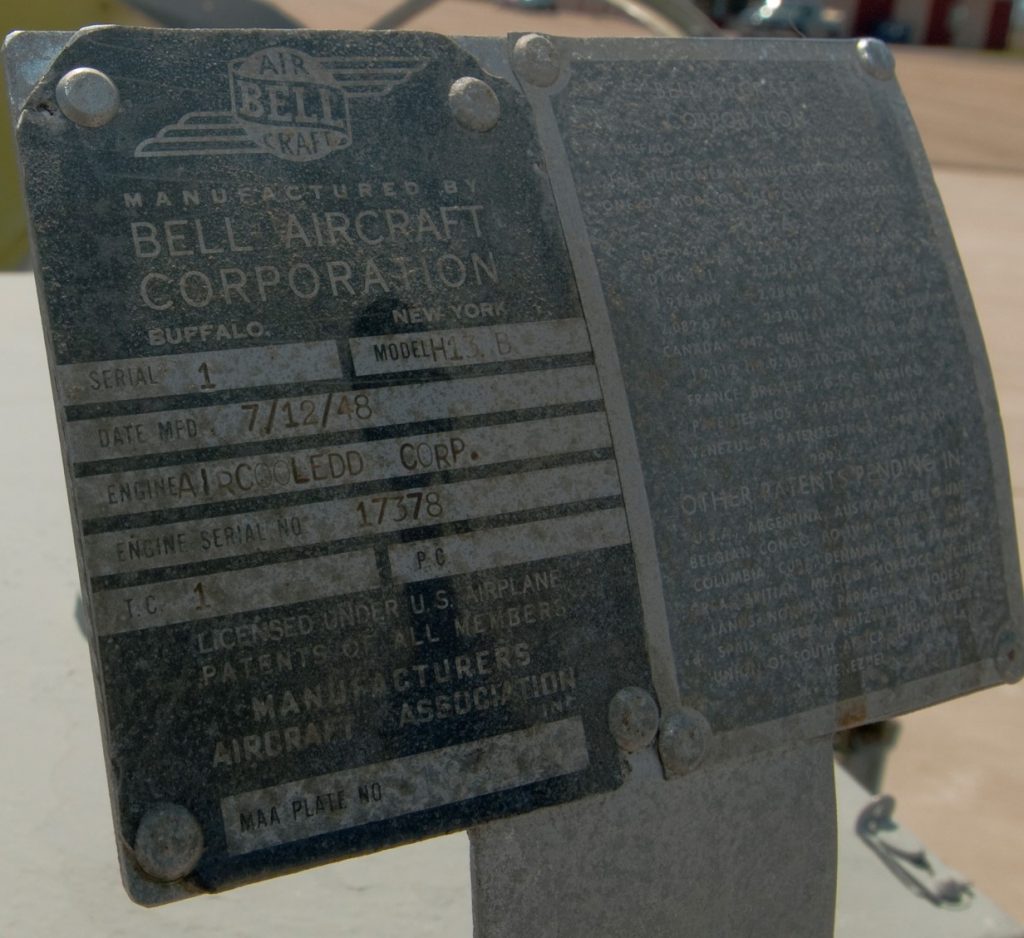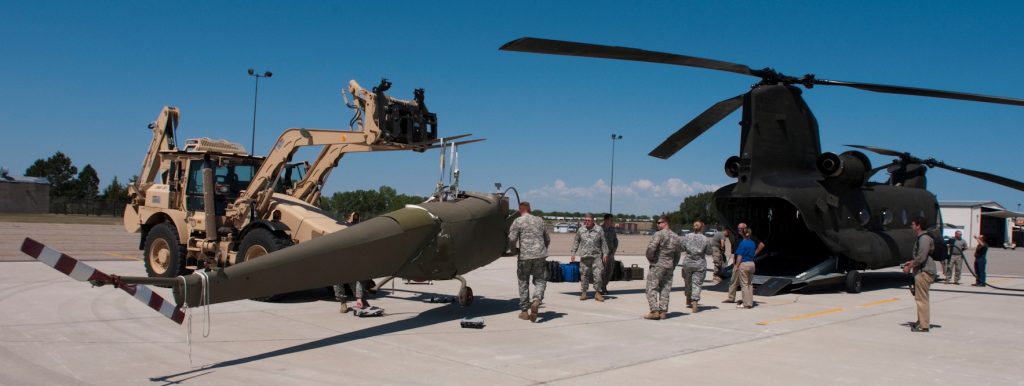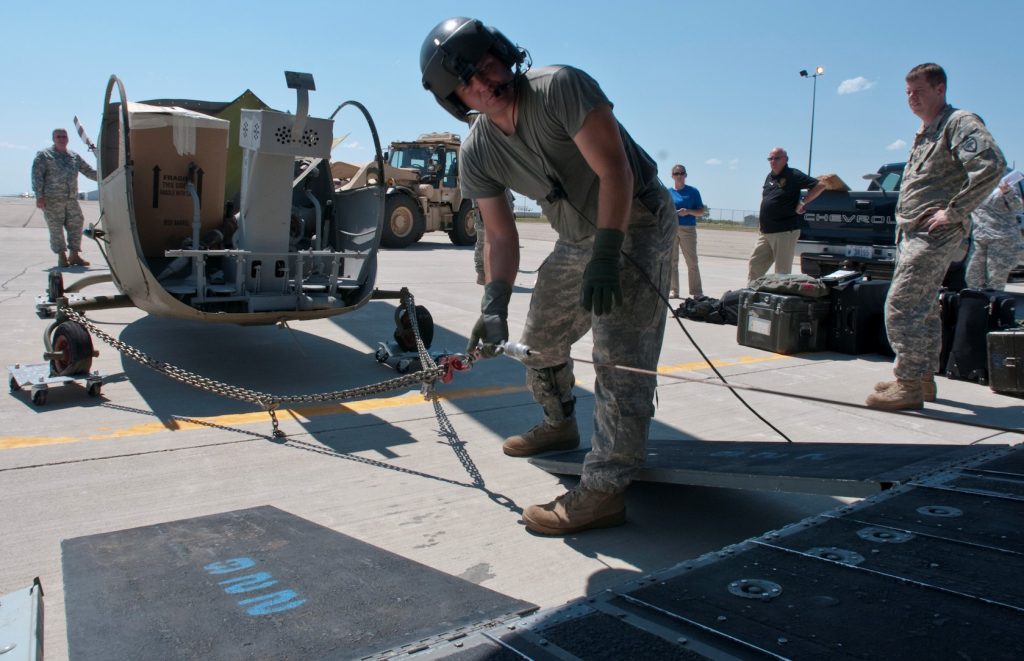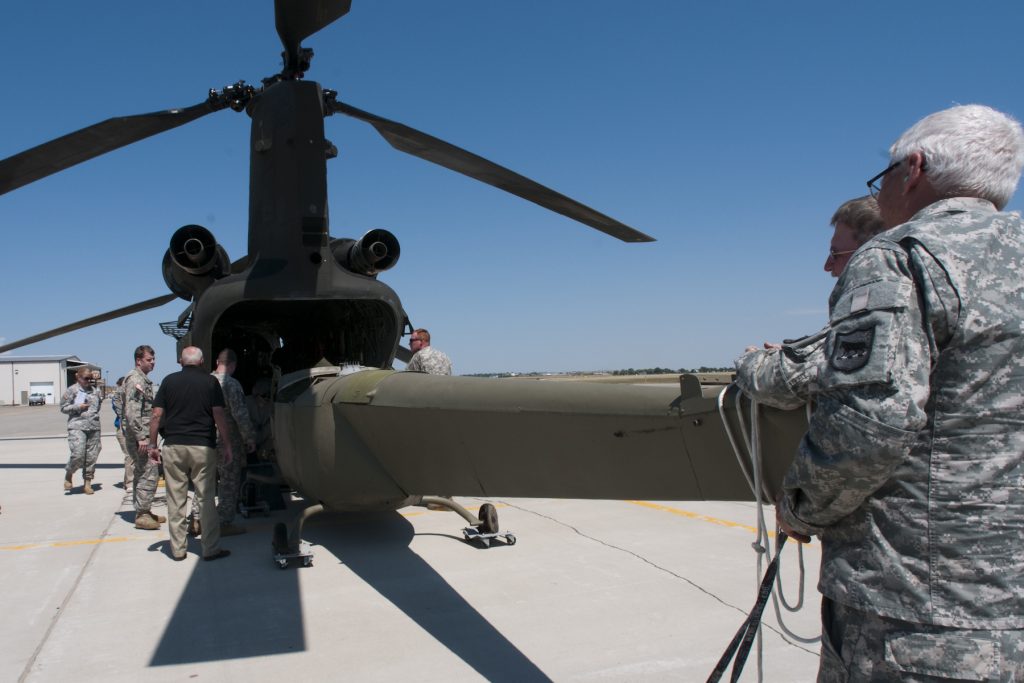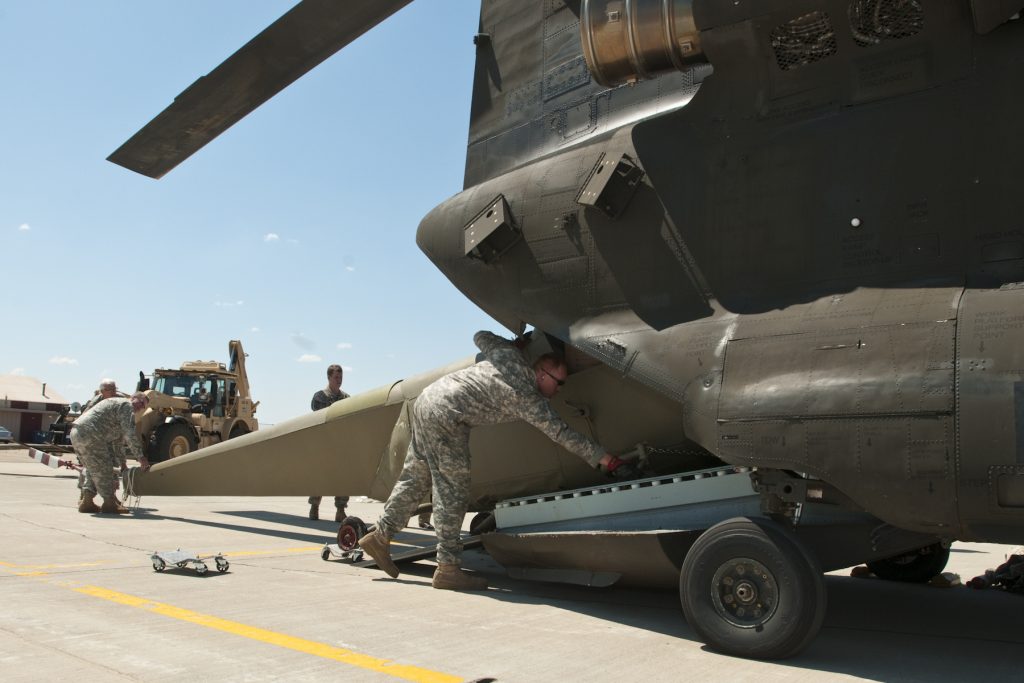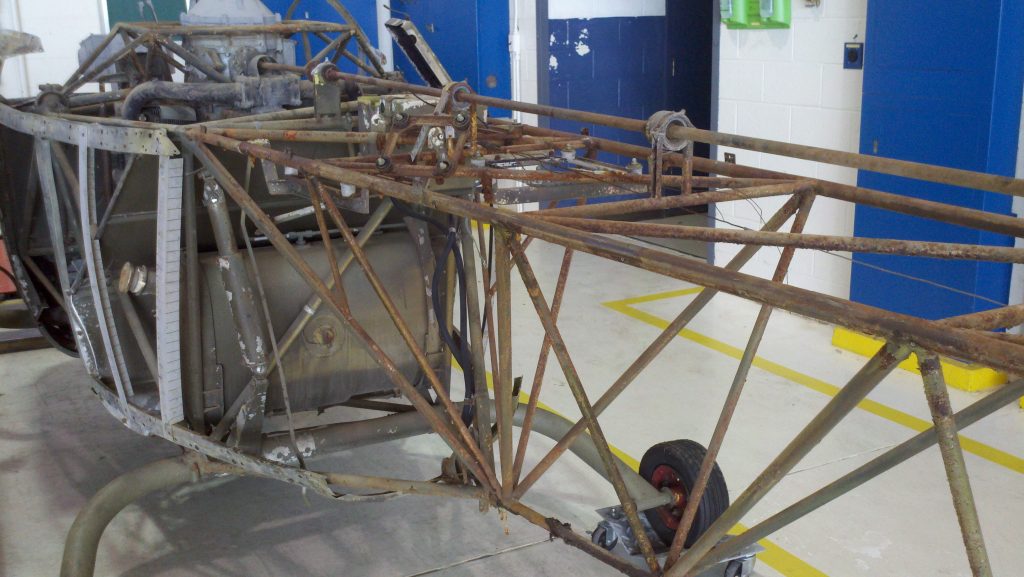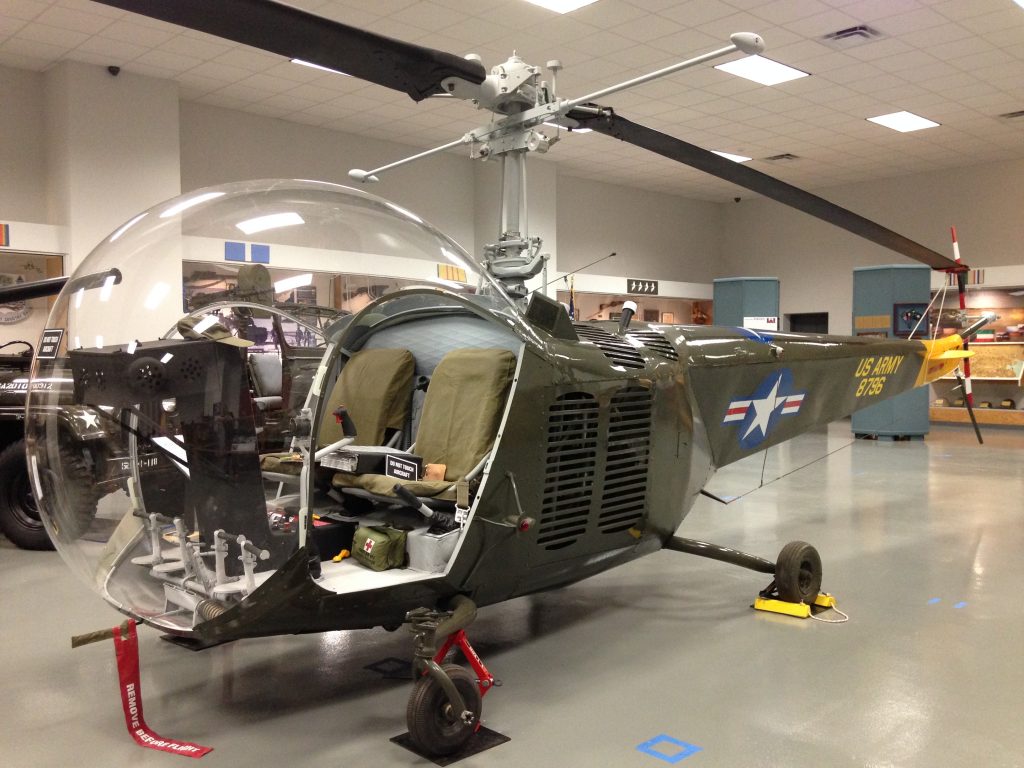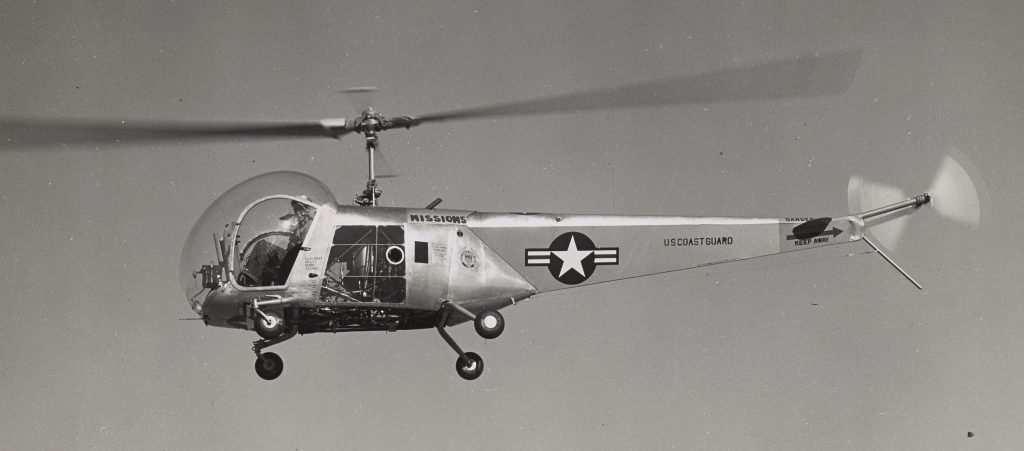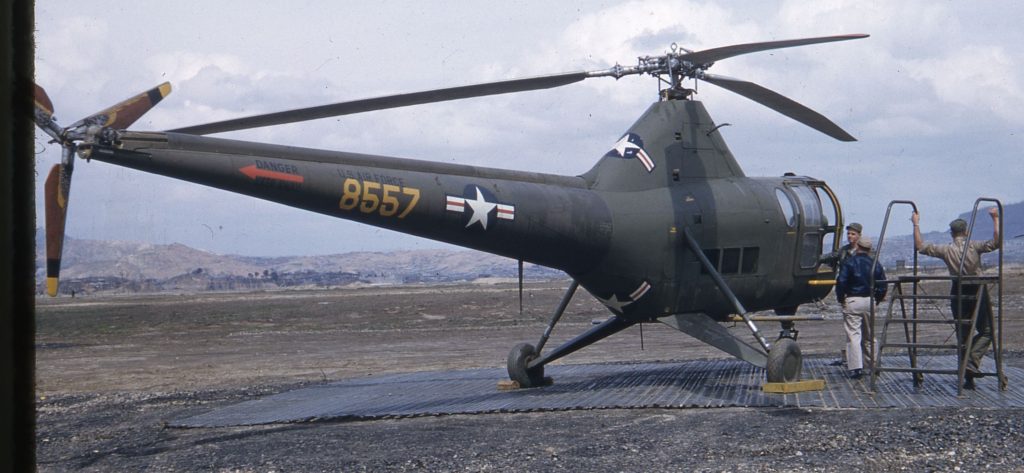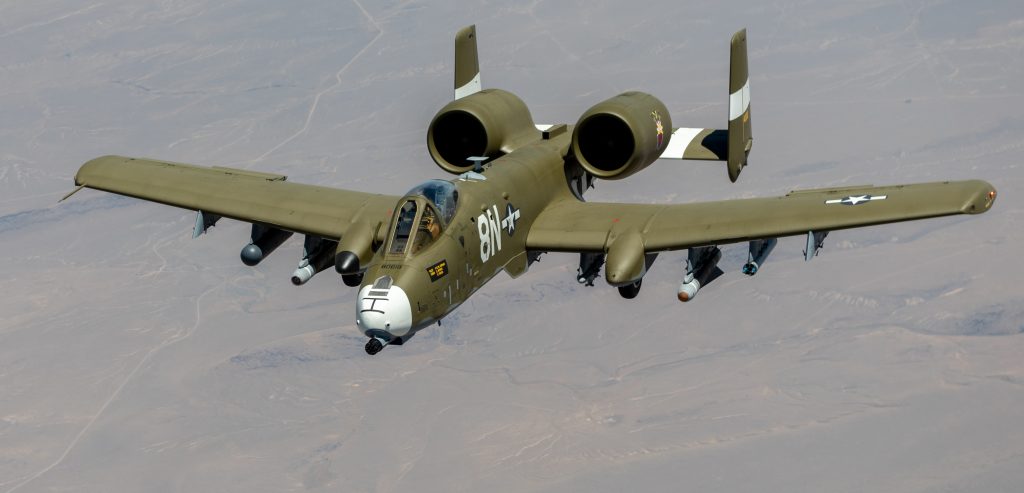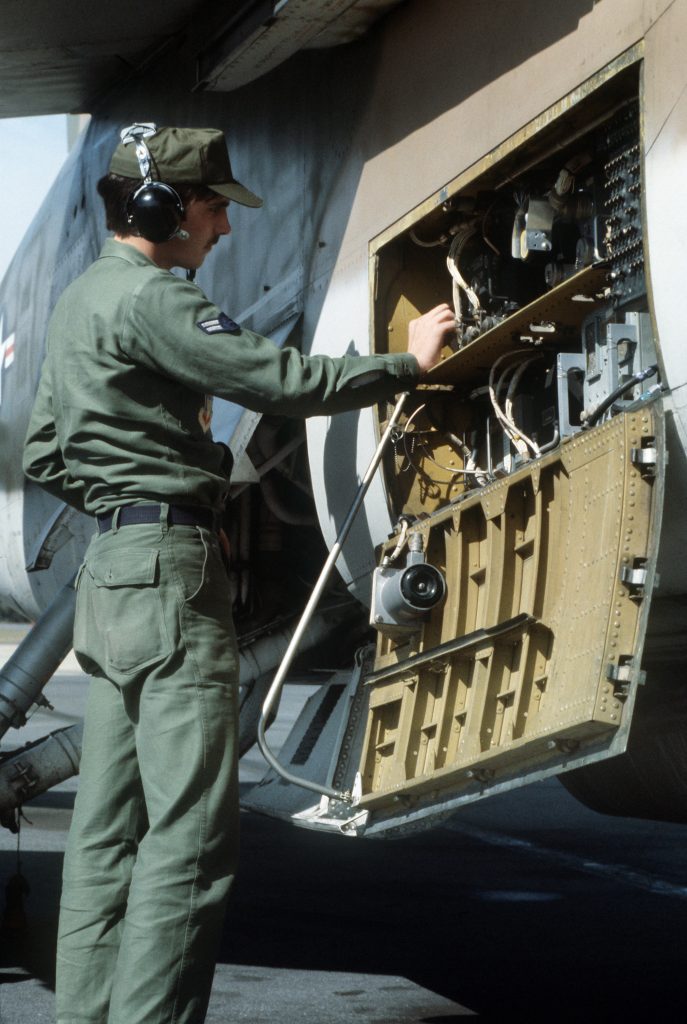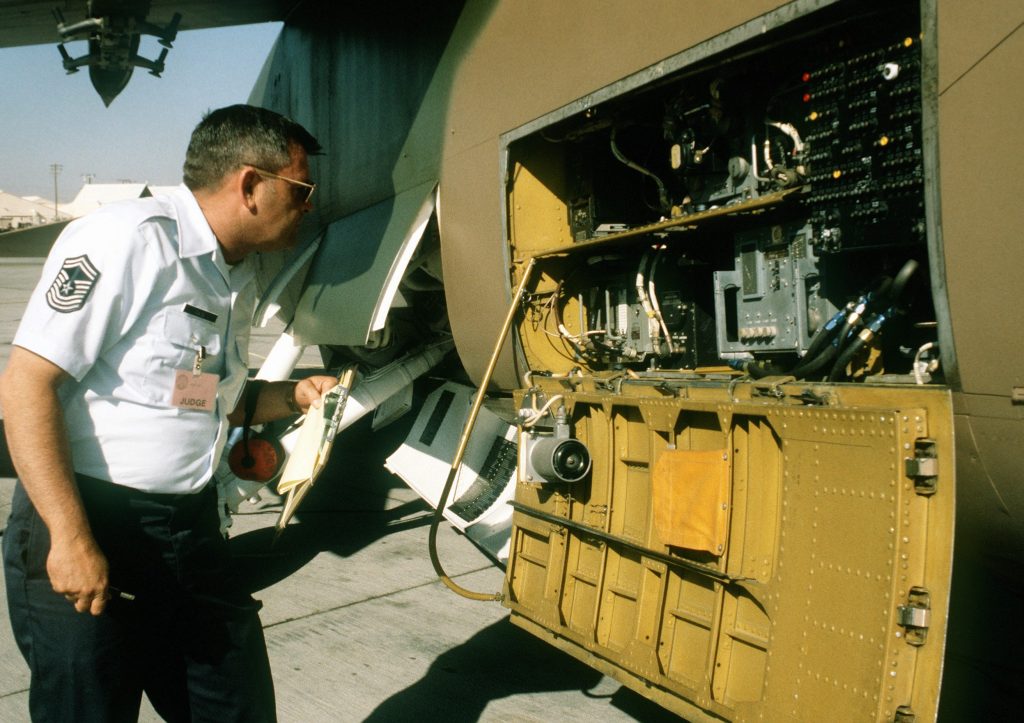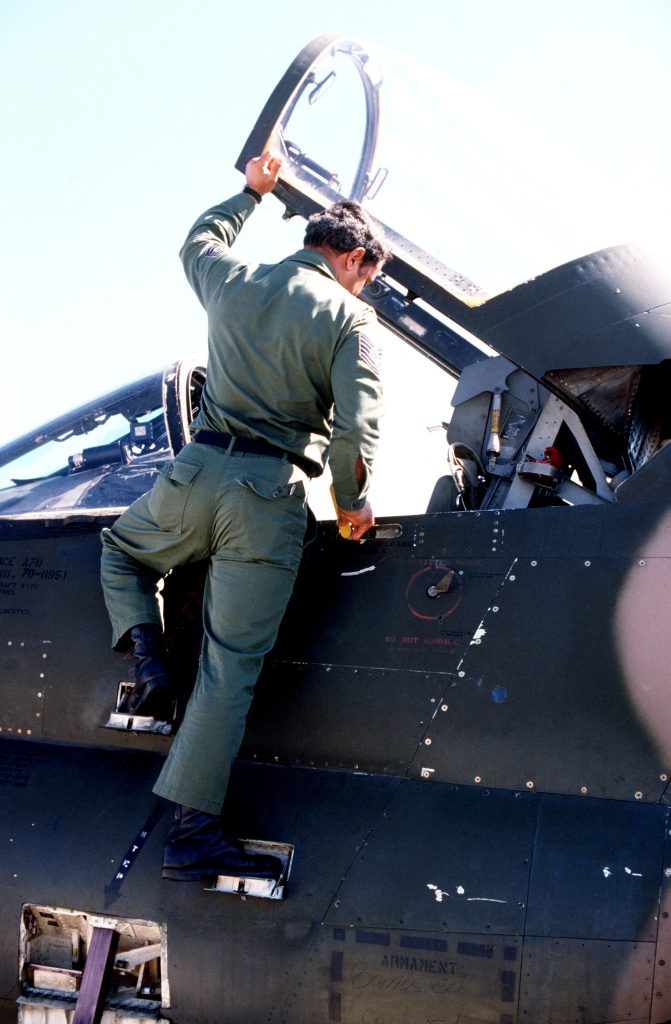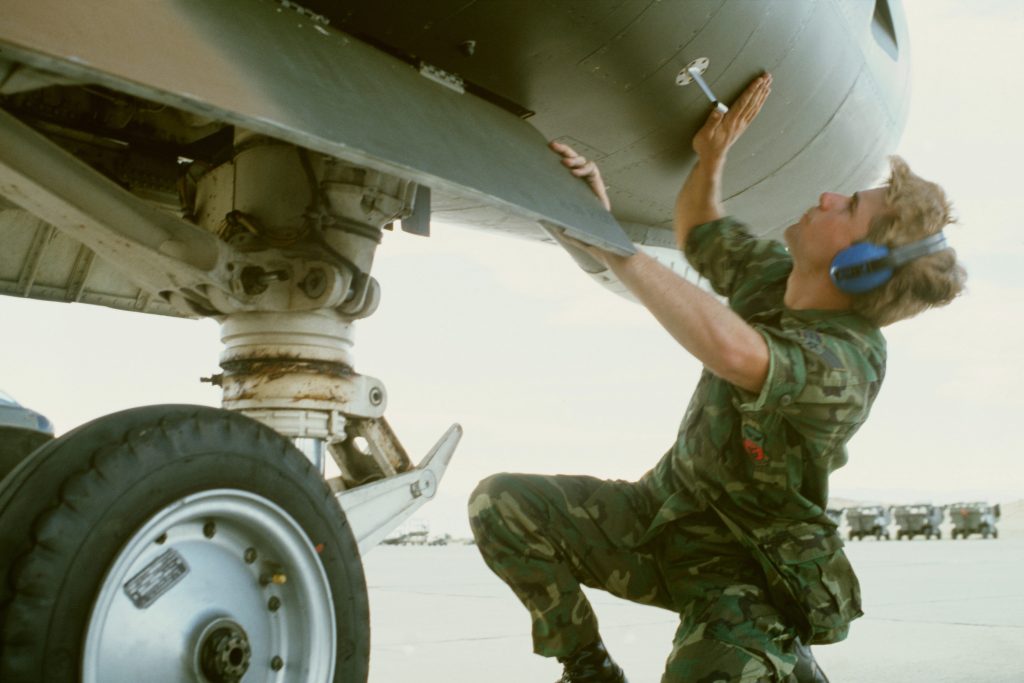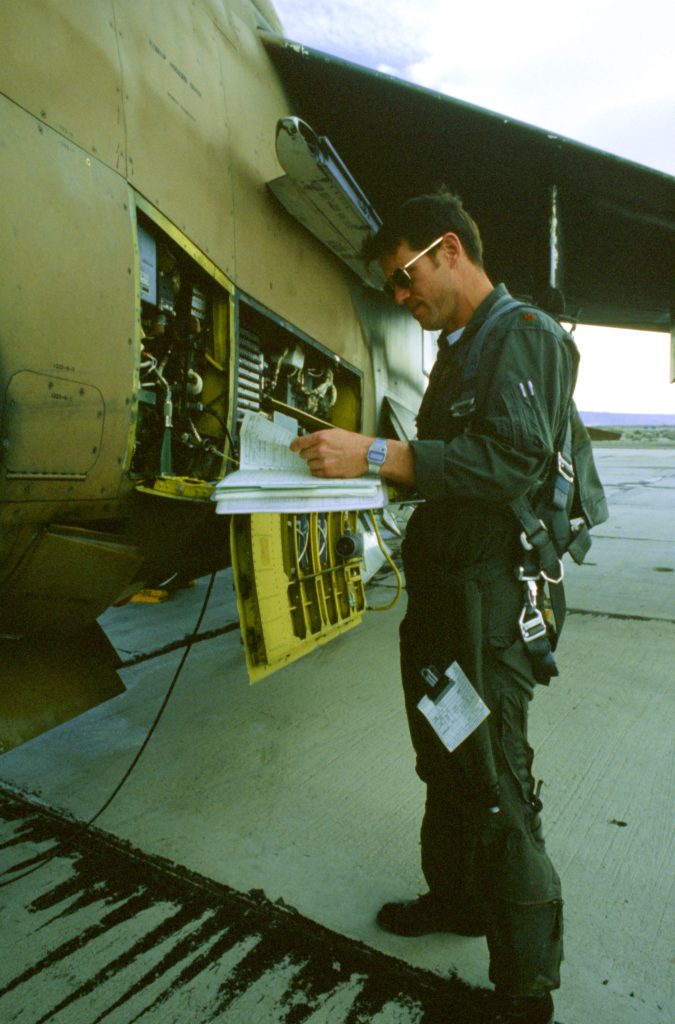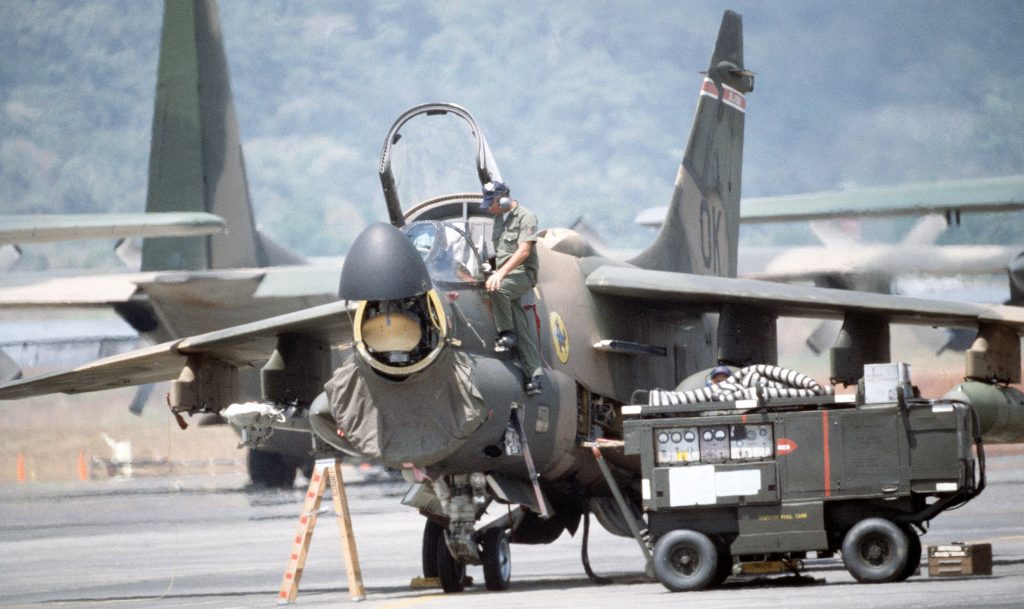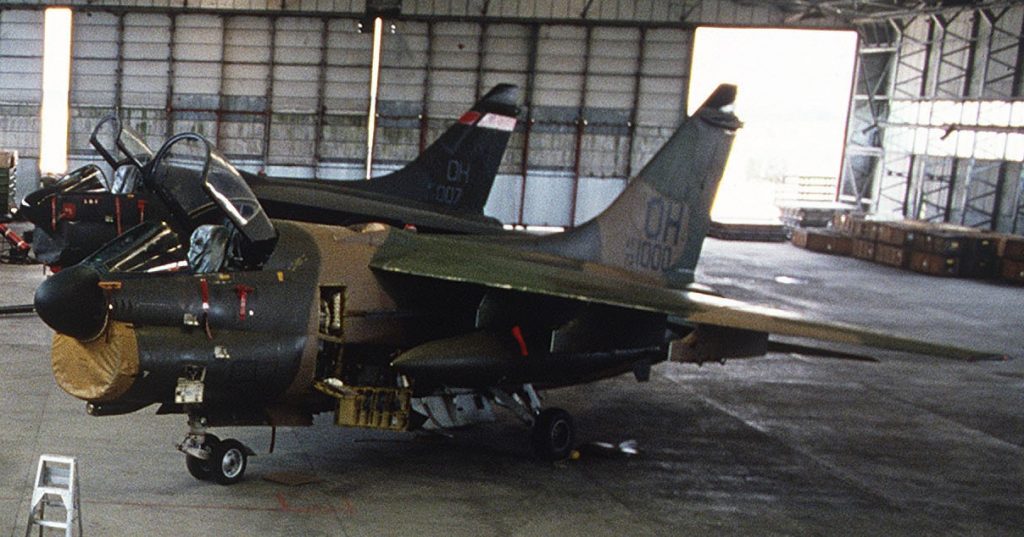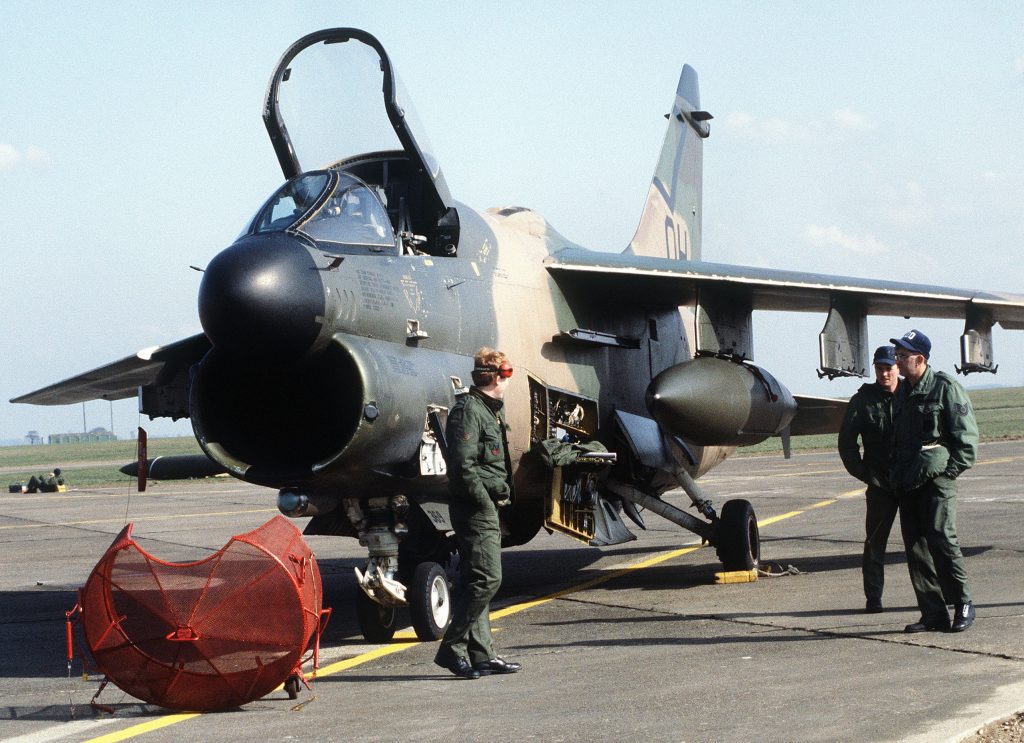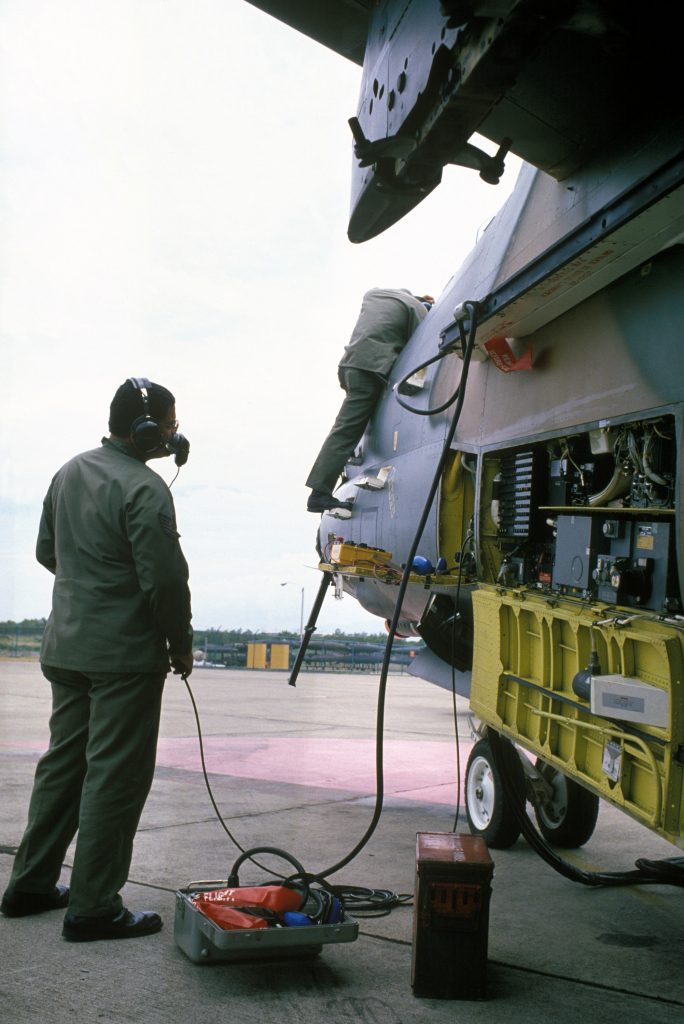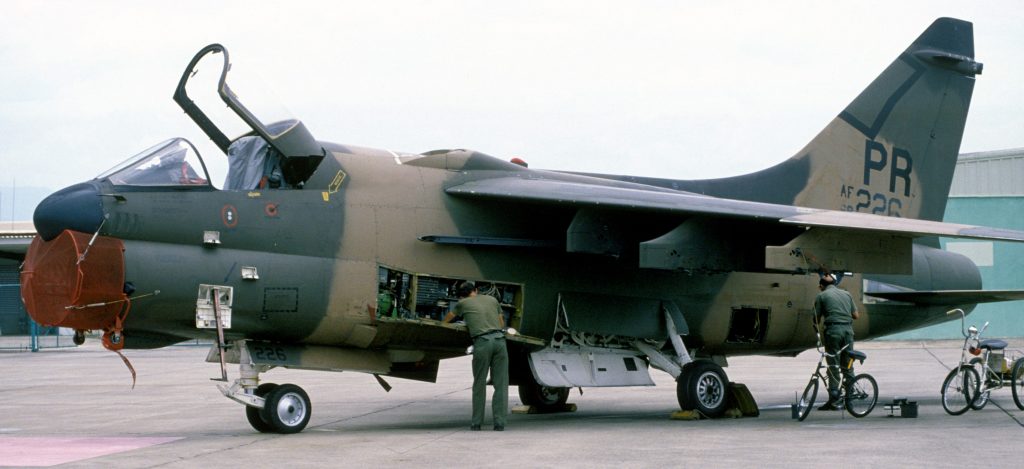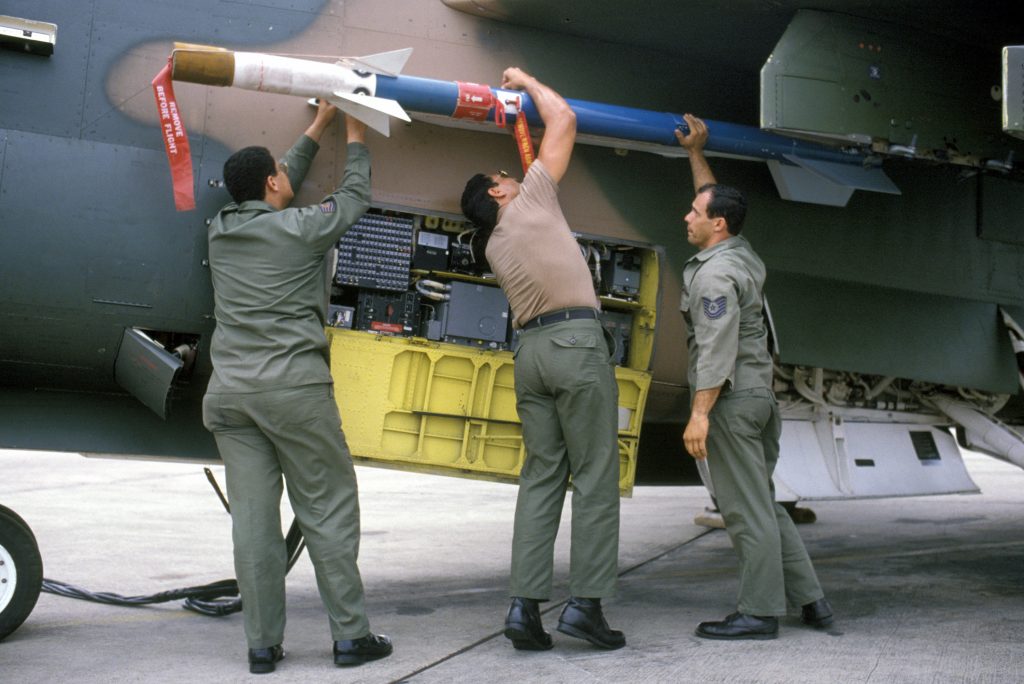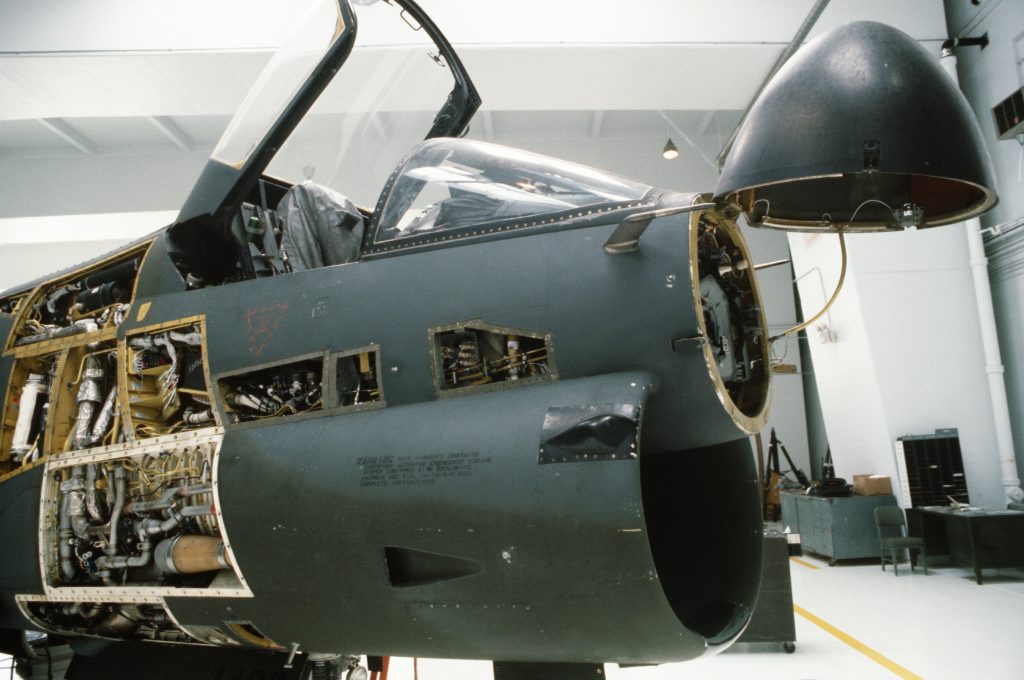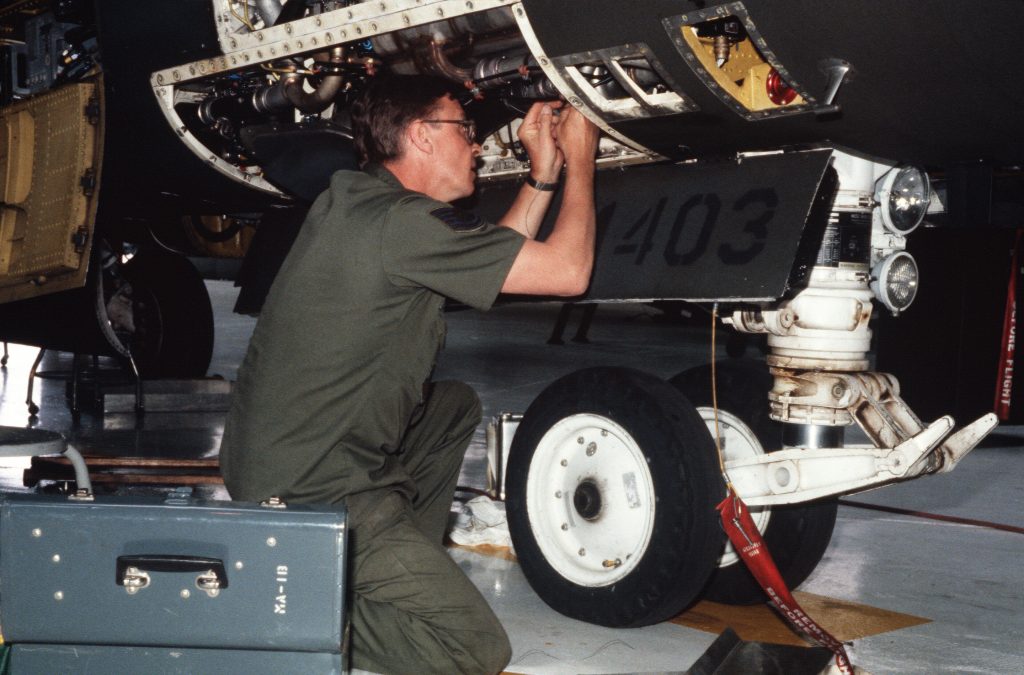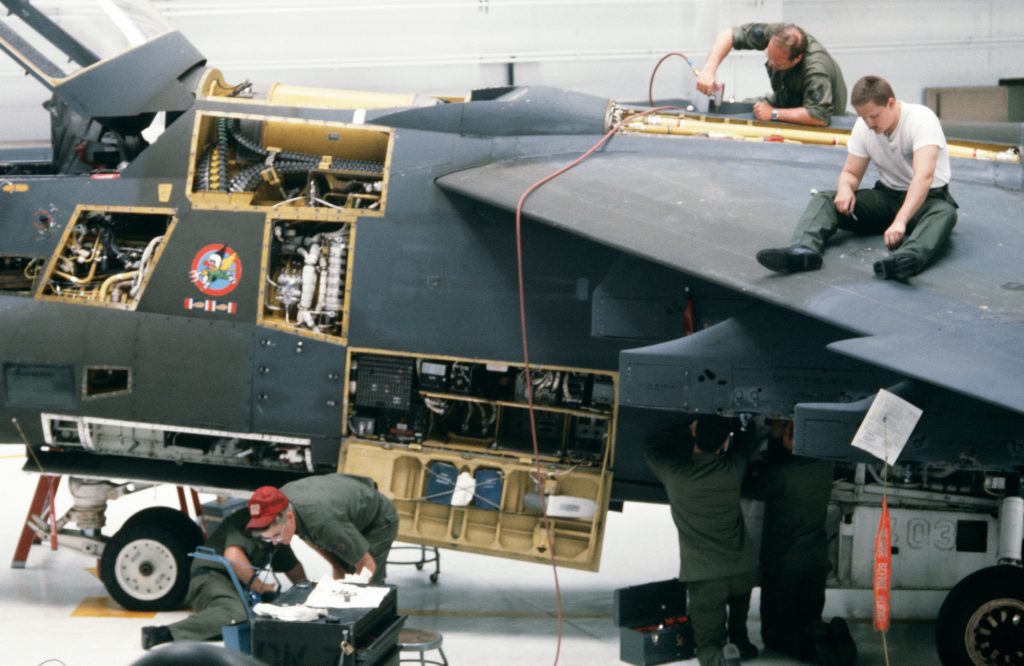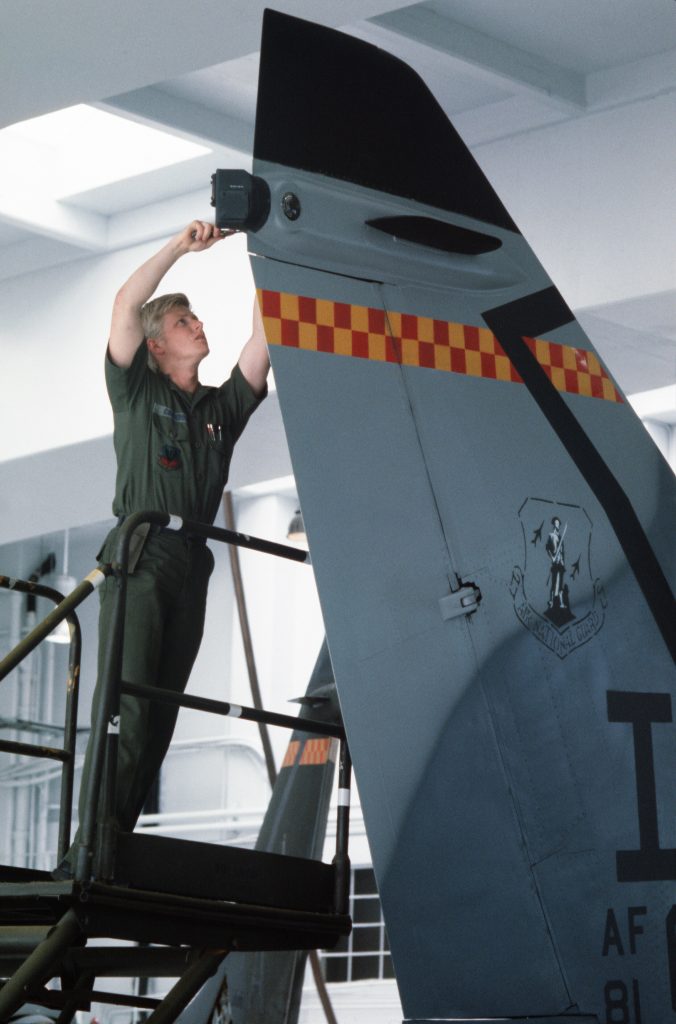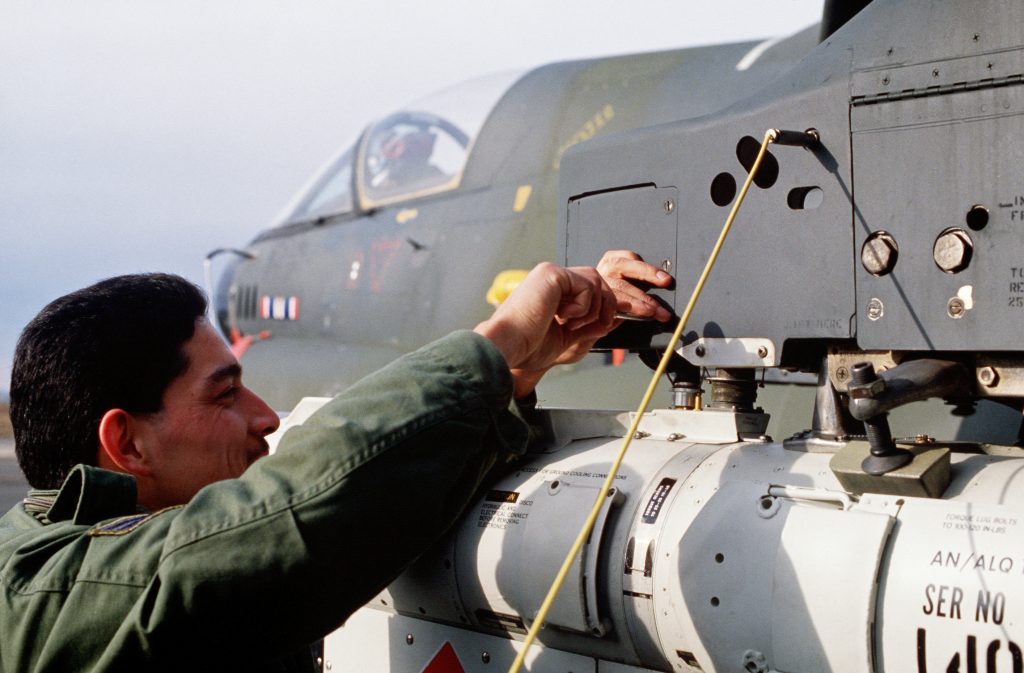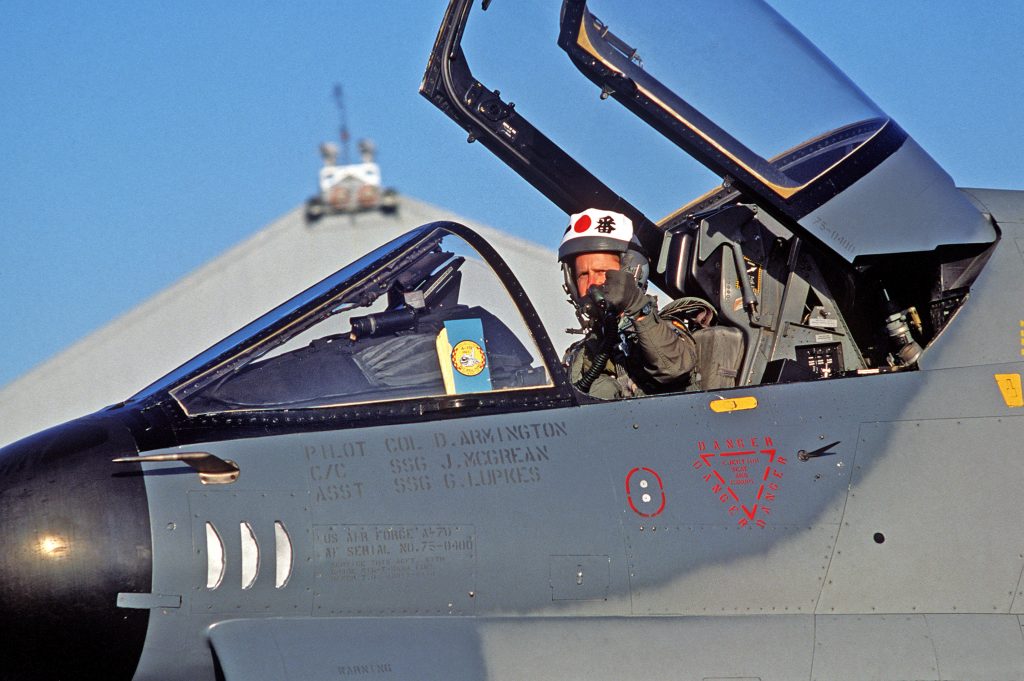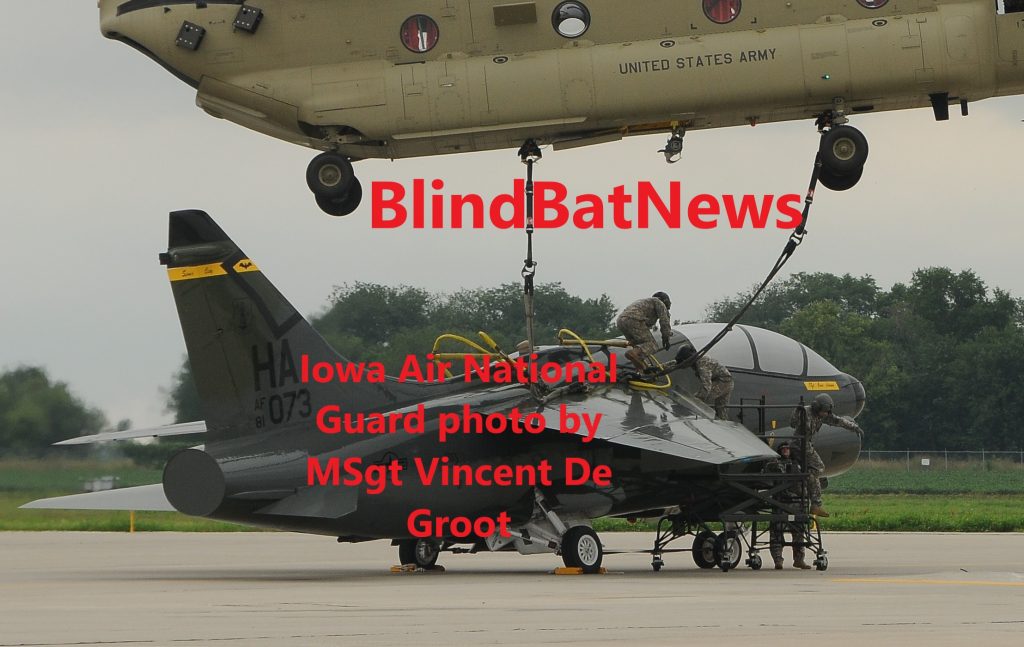19 January 2022 / 20:43-UTC-07 Tango 06 (30 Dey 1400/16 Jumada t-Tania 1443/18 Ji-Chou[12th month] 4719)
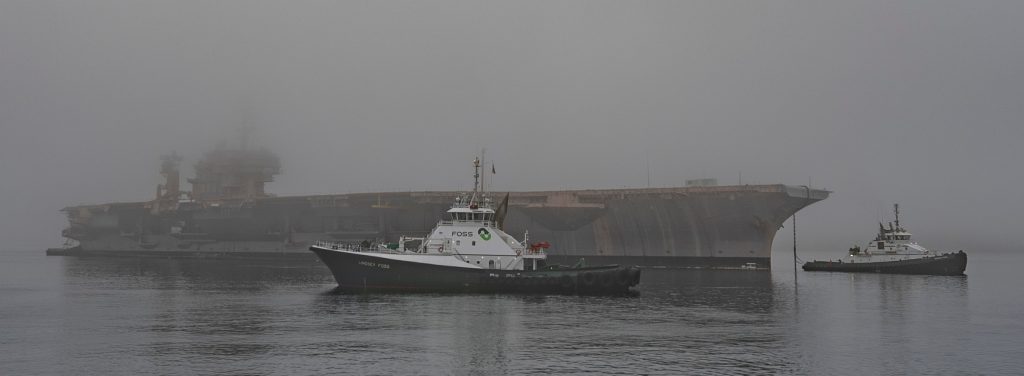
U.S. Navy photo by Chief Mass Communication Specialist Paul Seeber, 15JAN2022.
U.S. Navy video by Chief Mass Communication Specialist Paul Seeber, worth only one penny Kitty Hawk leaves Naval Base Kitsap–Bremerton, Washington, for the breakers in Brownsville, Texas, 15JAN2022:
Recently, several news reports told of the insulting sale of a Cold War relic, the USS Kitty Hawk CV-63 (aka CVA-63), for a mere one penny! However, the sale was quietly revealed in October 2021, to scrapper International Shipbreaking Ltd./EMR Brownsville, not just the aircraft carrier Kitty Hawk, but also the John F. Kennedy. The October 2021 revelation also revealed that there were hopes to turn the two aircraft carriers into museum ships, those hopes killed-off by a mere one penny per ship sale! The one penny per ship sale was concluded on 29SEP2021.
The estimated cost to build the Kitty Hawk range from $200-million to $400-million, in 1961 dollars. It was also estimated that every time the steam powered ‘supercarrier’ was overhauled it cost taxpayers between $65-million and $100-million. Kitty Hawk also underwent an $800-million Service Life Extension Program from 1990 to 1993. And the yearly cost (according to 1996 data) to operate the aircraft carrier was $141-million.
The Supercarrier’s keel was laid in December 1956, launched in May 1960, officially commissioned in April 1961.
Silent USN film by F. J. Stitt, christening of Kitty Hawk, 21MAY1960:
Silent USN film of Kitty Hawk’s commissioning day ceremonies, the film’s slate info is dated March 1961, yet the USN gives the commissioning date as April 1961 (the USN tends to hold the ceremonies a month before the ‘official’ commissionings/decommissionings):
In the middle of November 1961, the brand new CVA-63 took part in its first wargame at Camp Pendleton, California. I edited silent USN films (recorded by personnel with the last names of Miller, and Cobbs) to show just the scenes of CVA-63, there weren’t many scenes of CVA-63:
From 05 June to 07 June 1963, President John F. Kennedy paid a visit to CVA-63, to observe the 32 vessel “fleet weapons demonstration” and give a speech influenced by the previous year’s Cuban Missile Crisis. Silent USN film by J. H. Sturdevant:
In May 2009, Kitty Hawk was ‘officially’ decommissioned and sent to the Puget Sound Naval Shipyard, State of Washington, for ‘mothballing’. Kitty Hawk was stricken from Naval records in October 2017.
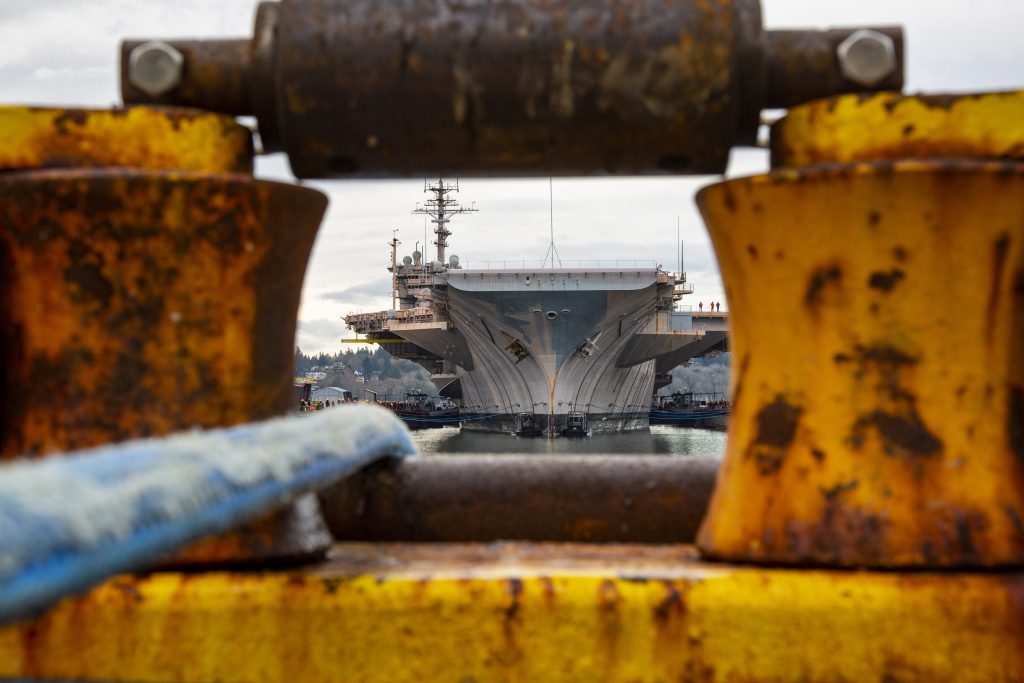
U.S. Navy photo by Wendy Hallmark, 09MAR2021.
In March 2021, while the world was grappling with the new Delta Pandemic fear mongering, quietly the Kitty Hawk was moved into Dry Dock 6, of the Puget Sound Naval Shipyard-Intermediate Maintenance Facility, to prepare it for scrapping.
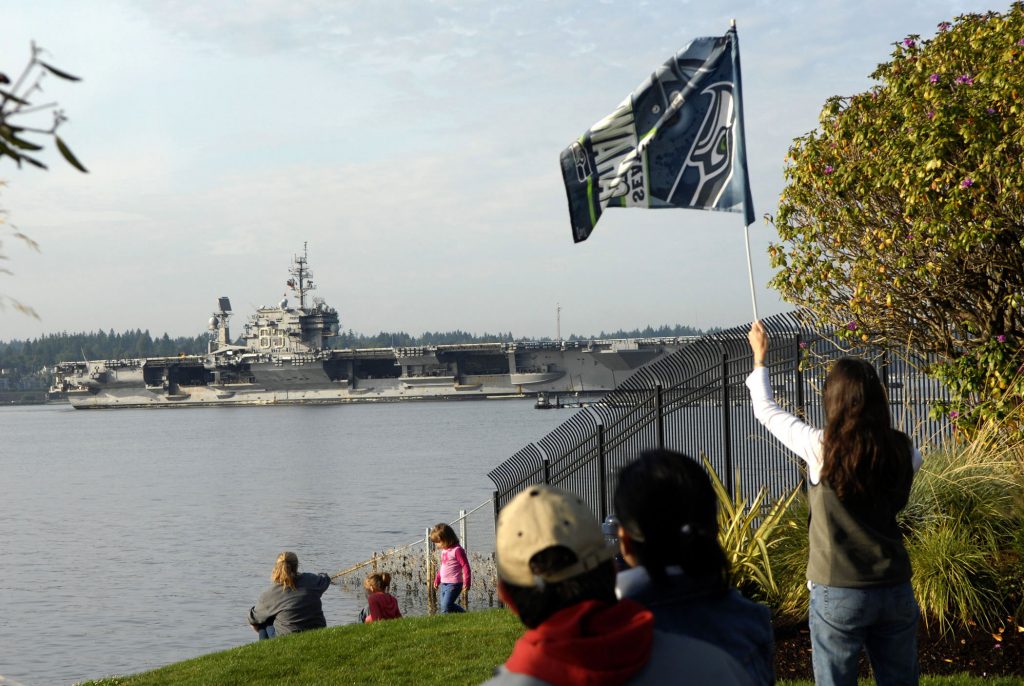
USN photo by Seaman Josue Escobosa, 02SEP2008.
In September 2008, Kitty Hawk sailed into Bremerton, Washington, for its decommissioning.
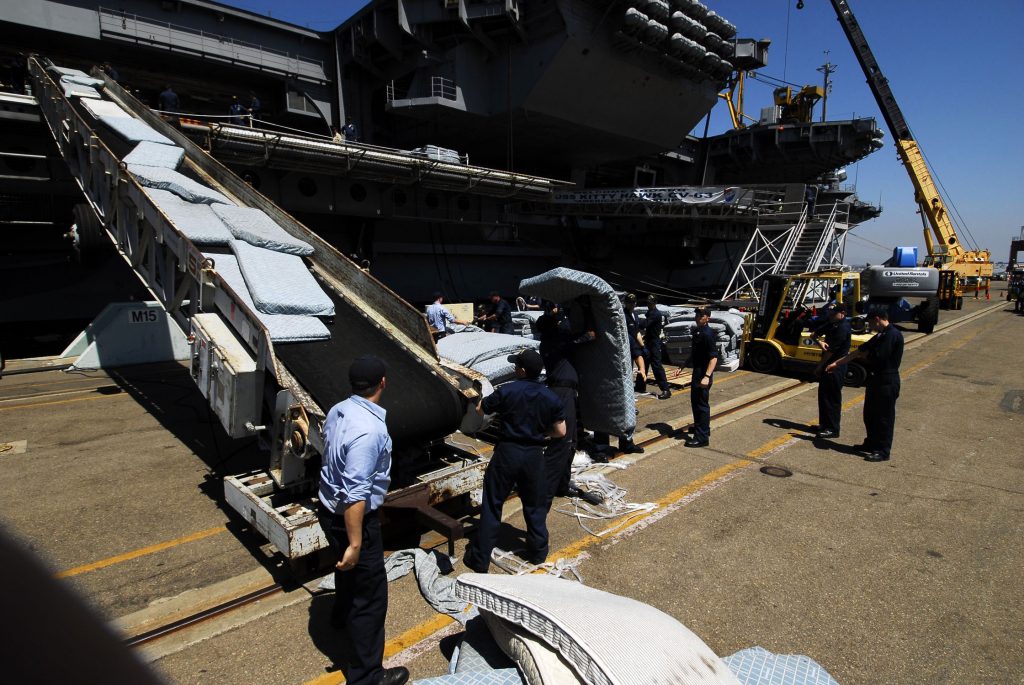
USN photo by Kyle Gahlau, 22AUG2008.
While in San Diego for its last time, Sailors removed anything that wasn’t tied down, like bedding.
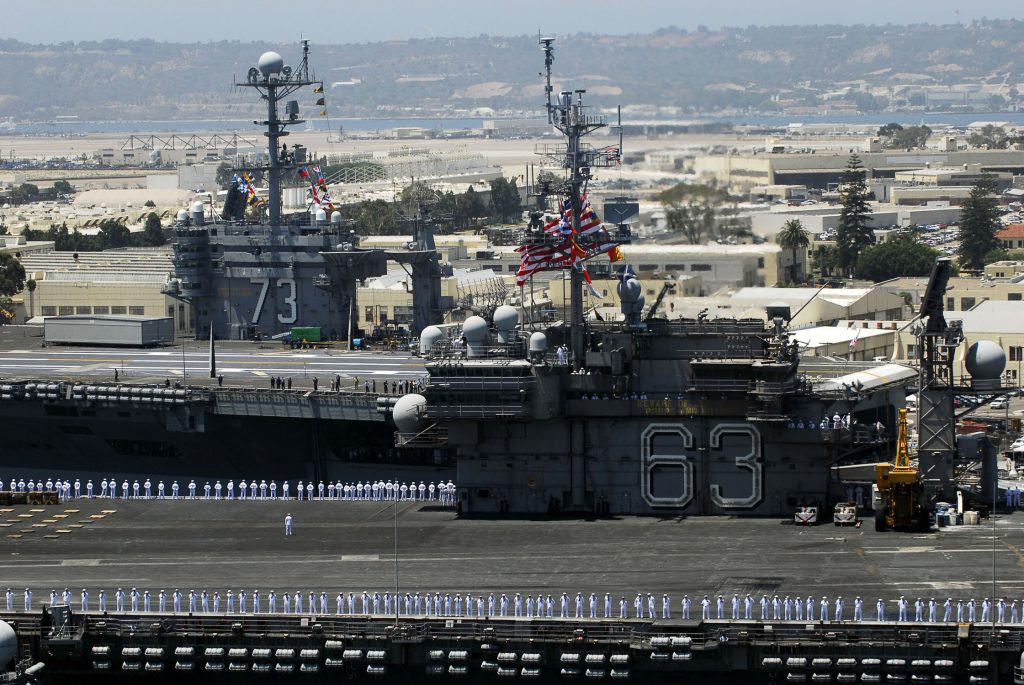
USN photo by Kyle Gahlau, 07AUG2008.
After completing its last RimPac (Rim of the Pacific Exercise) in 2008, steam powered Kitty Hawk sailed past its replacement in San Diego, the nuclear powered USS George Washington CV-73. USS George Washington then left to take Kitty Hawk’s place at the port of Yokosuka, Japan, making CV-73 the first ‘forward deployed’ nuclear powered U.S. aircraft carrier.
USN video by Petty Officer Crockett, Kitty Hawk arriving for RimPac 2008:

USN photo by Petty Officer 2nd Class Matthew White, 28MAY2008.
In May 2008, Kitty Hawk left its home port of Yokosuka, where it had been based from 1998 to 2008.
U.S. Naval History & Heritage Command: Kitty Hawk II (CVA-63)
USS Bonhomme Richard (LH-6): STEEL INFERNO, ONE YEAR LATER, SABOTAGE & LACK OF LEADERSHIP=DEATH OF A SHIP!
Desert Storm Battle Damage: USS TRIPOLI LPH-10
Cold War Subs: USS NAUTILUS (SSN-571), STILL FIGHTING AFTER 67 YEARS! FIRST BORN IN LAND-LOCKED IDAHO?
Cold War Boats: FIBERGLASS & WOOD, USS AVENGER (MCM-1), KEEL LAYING TO COMMISSIONING.




























